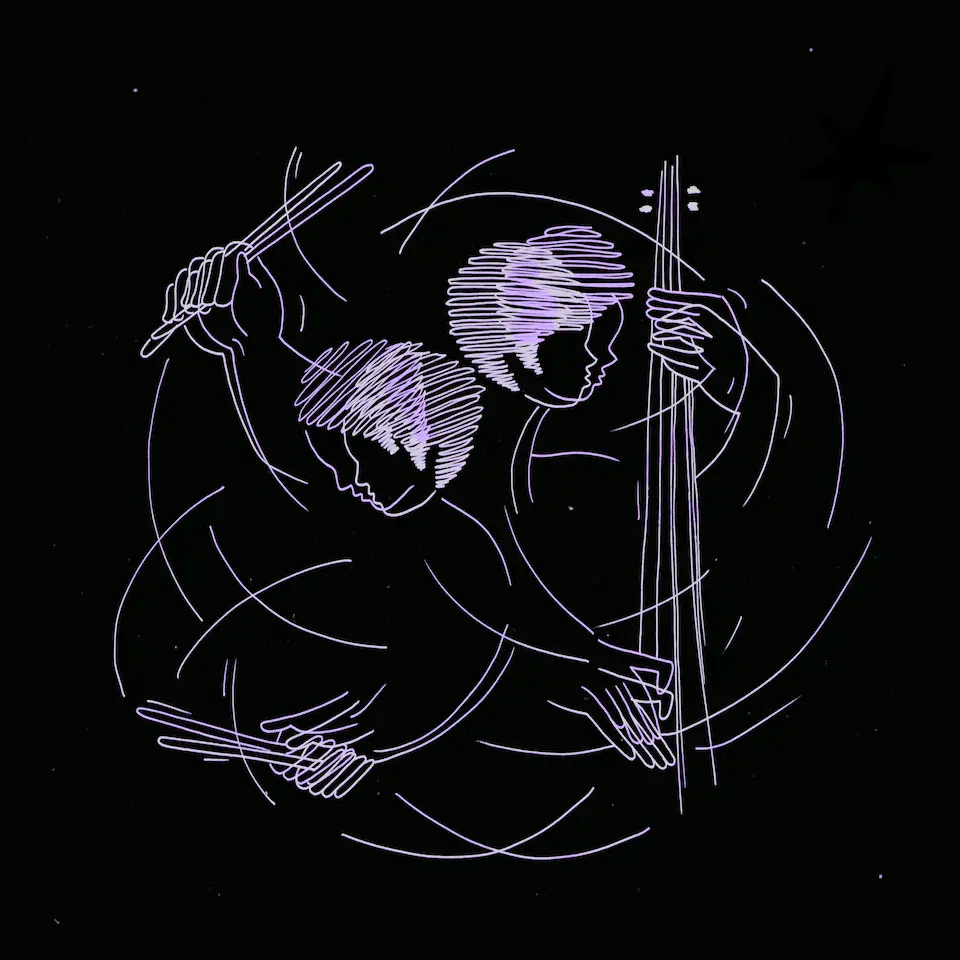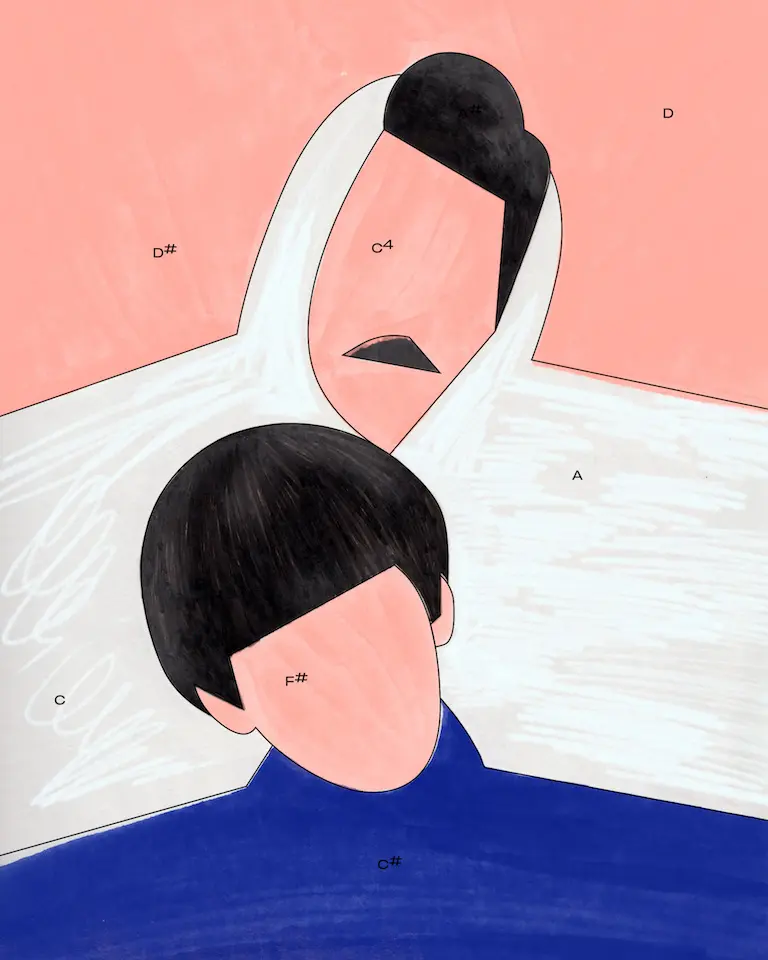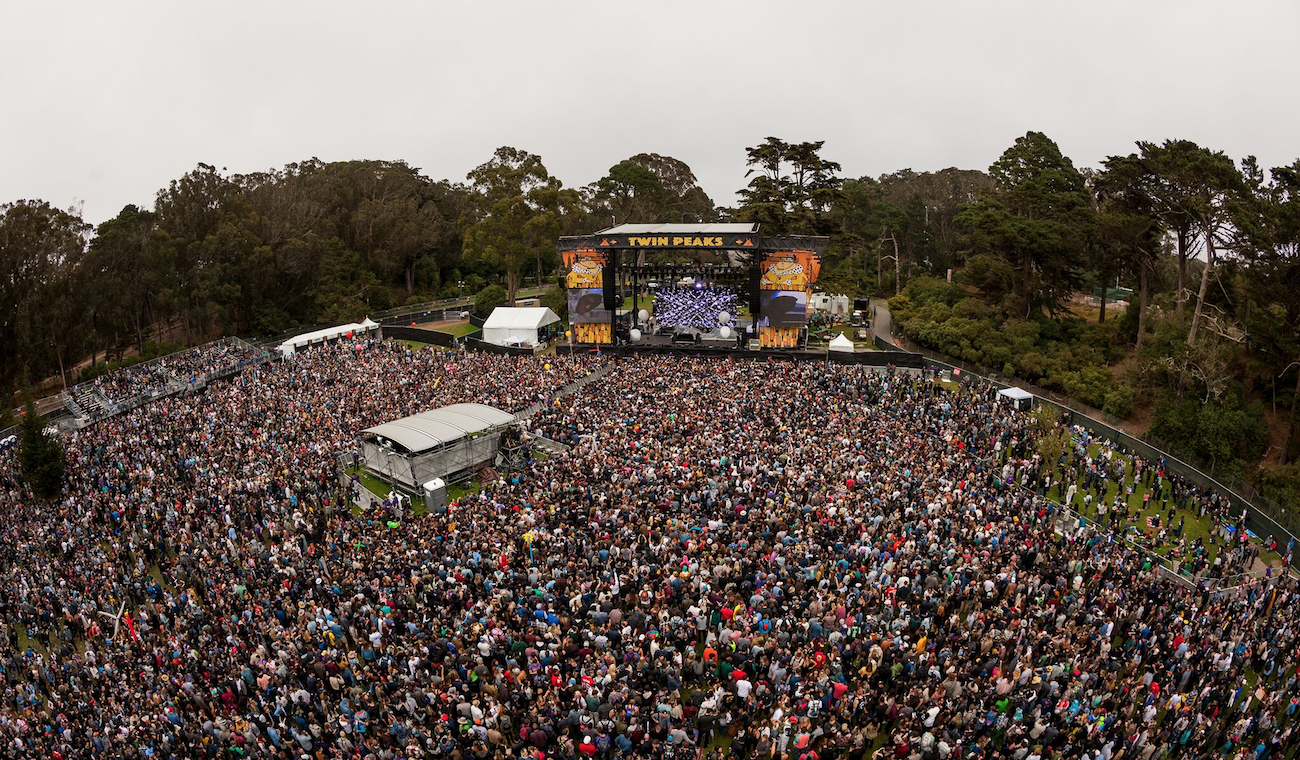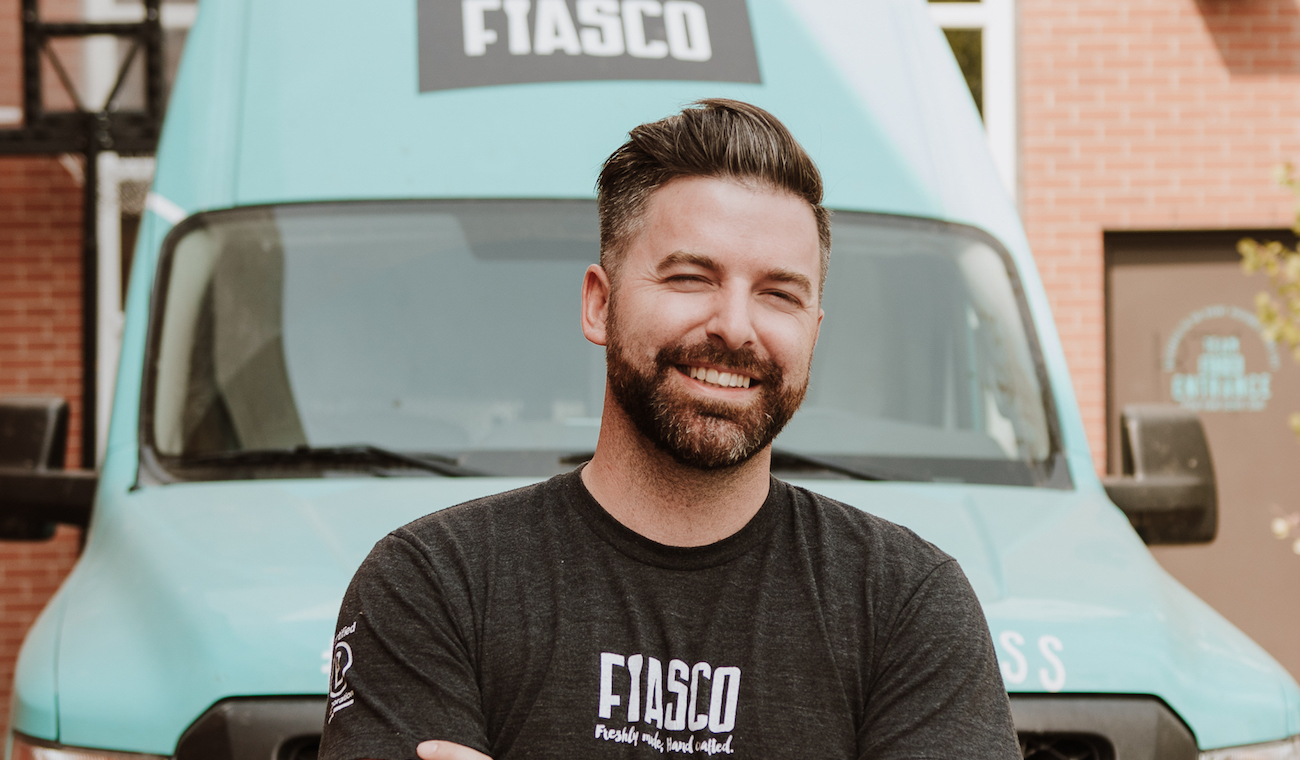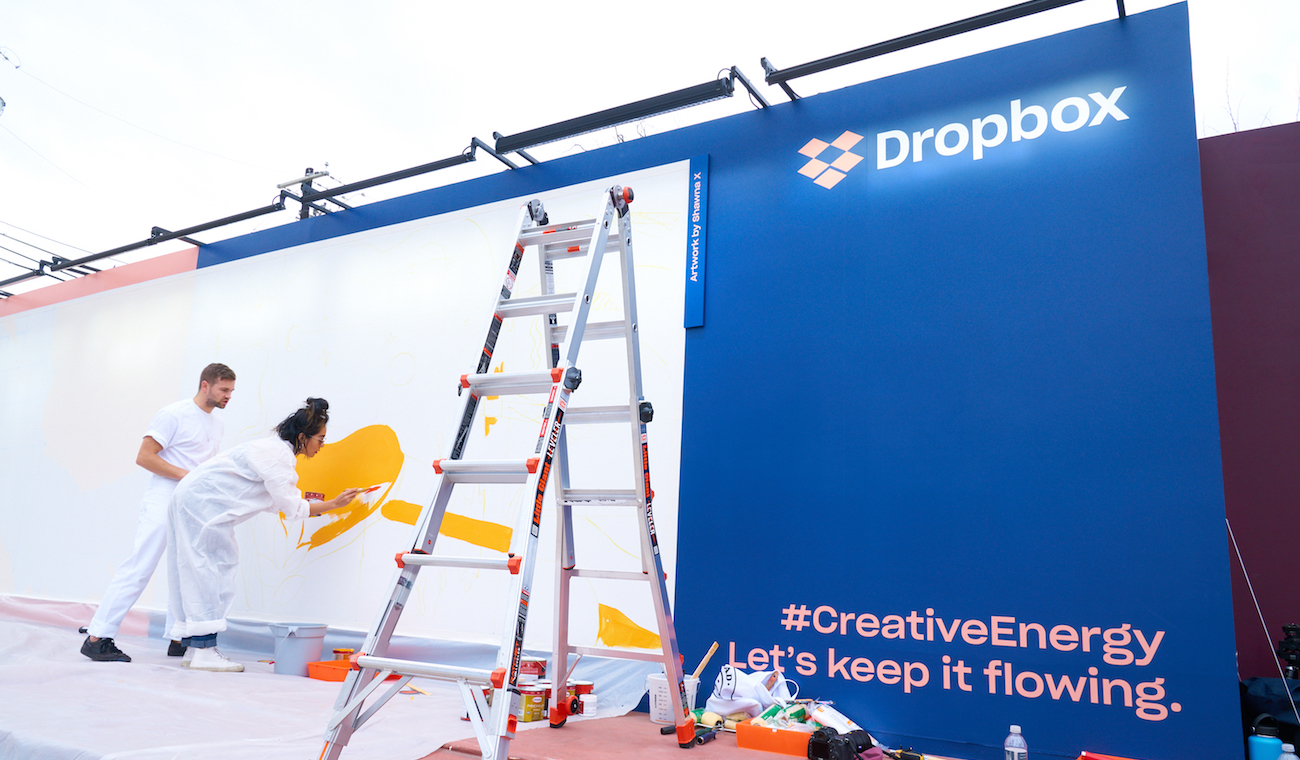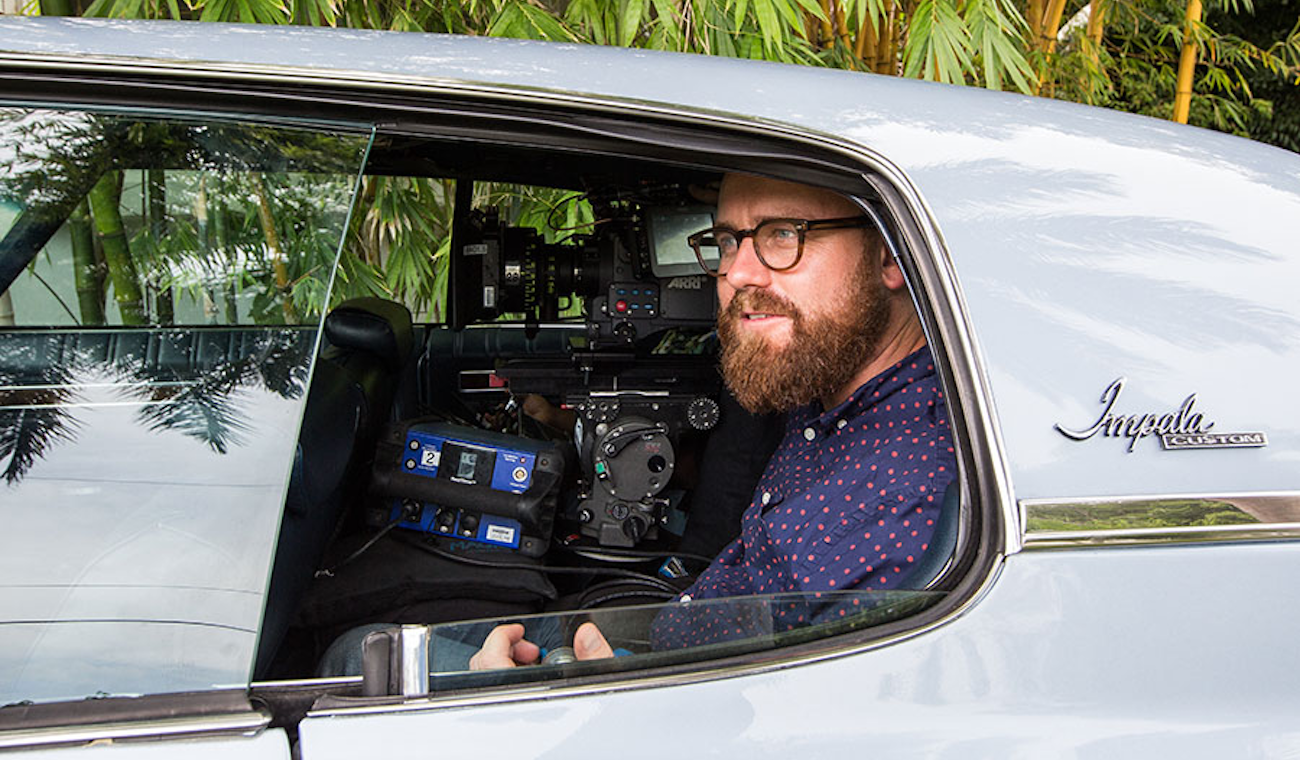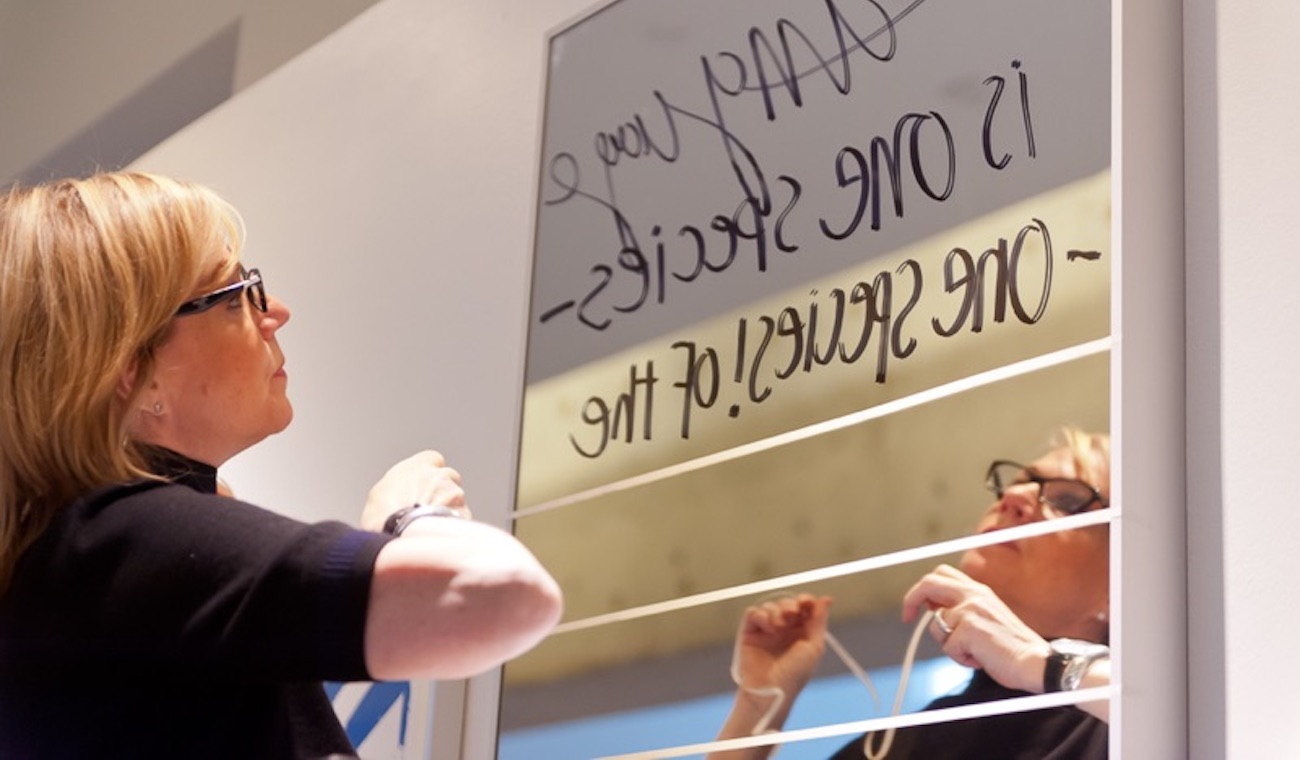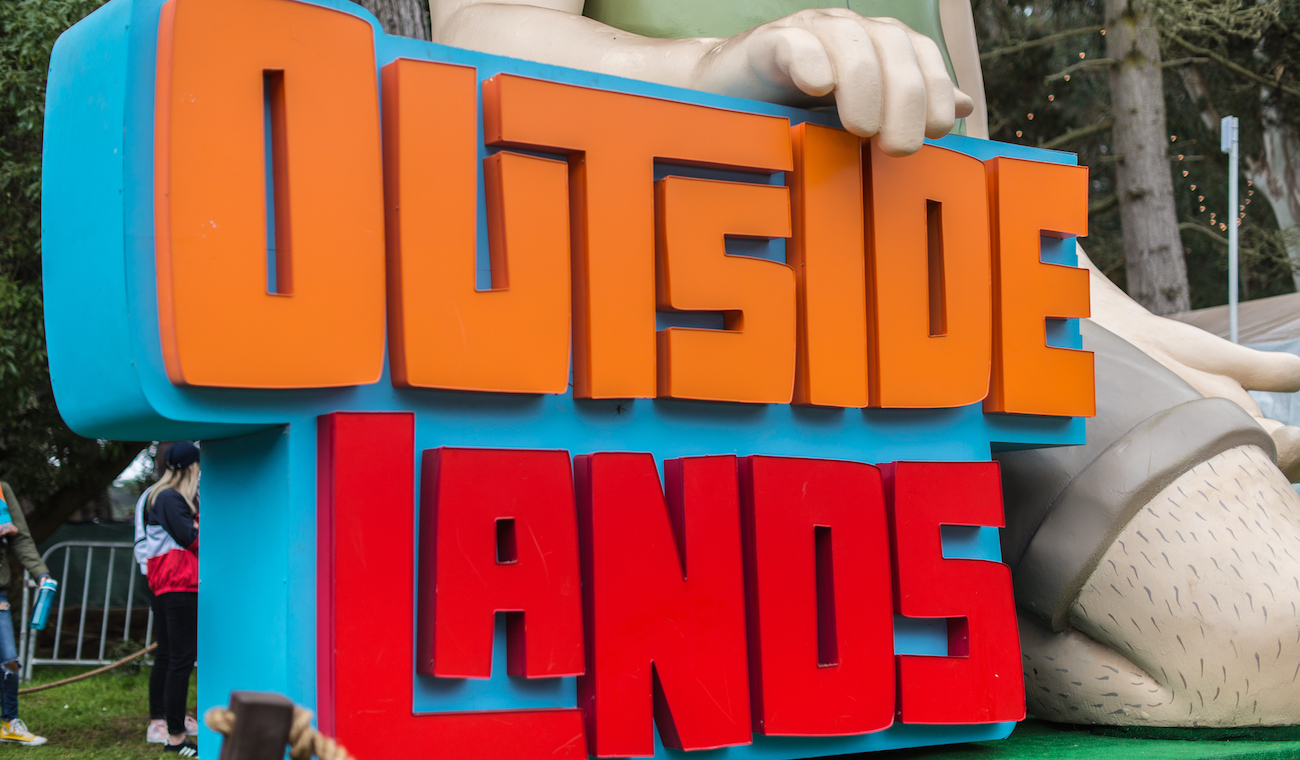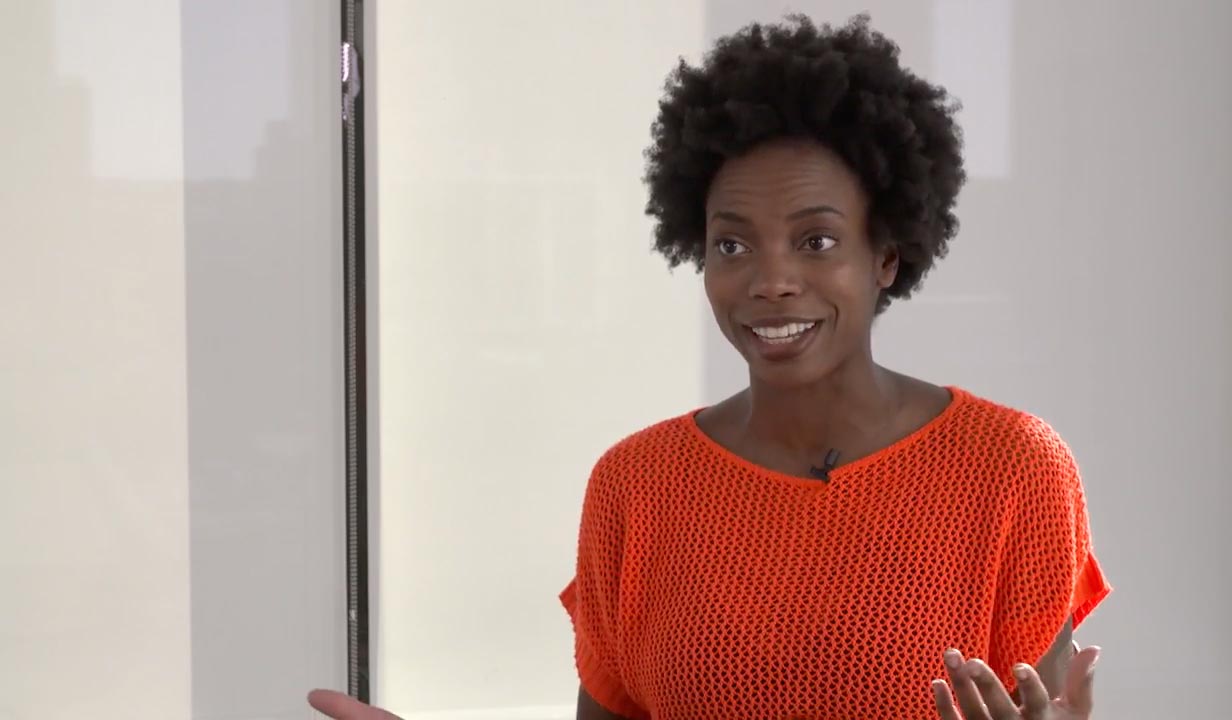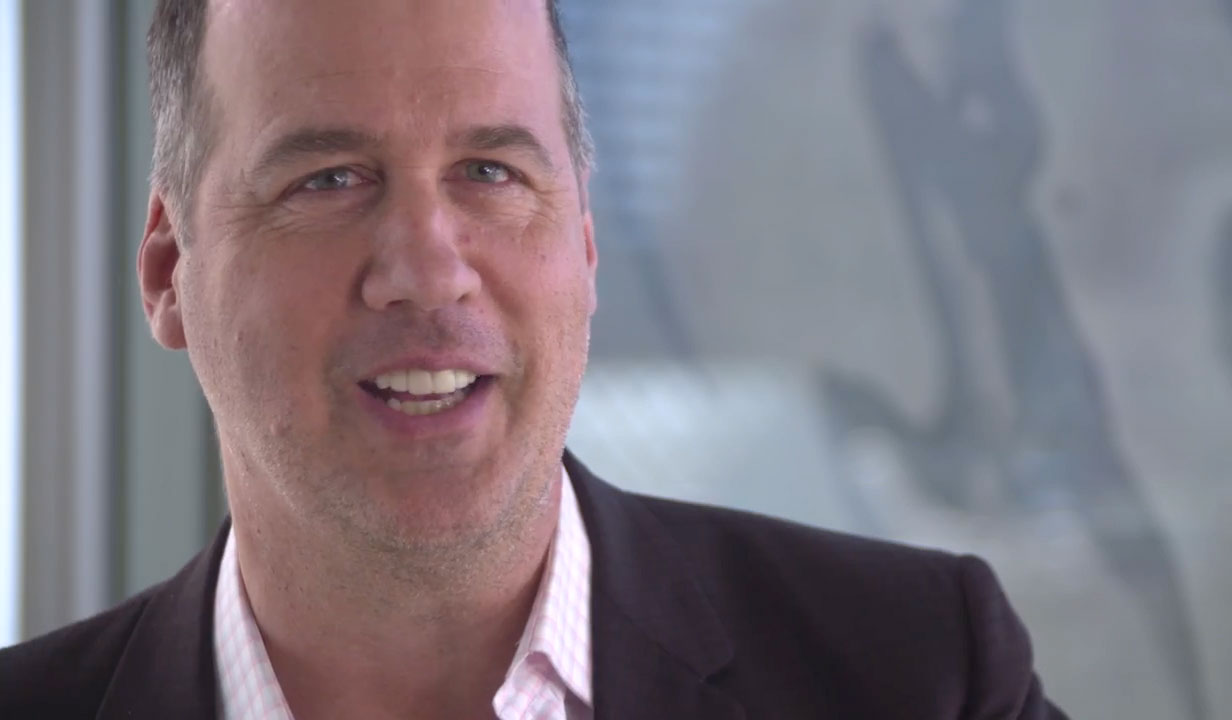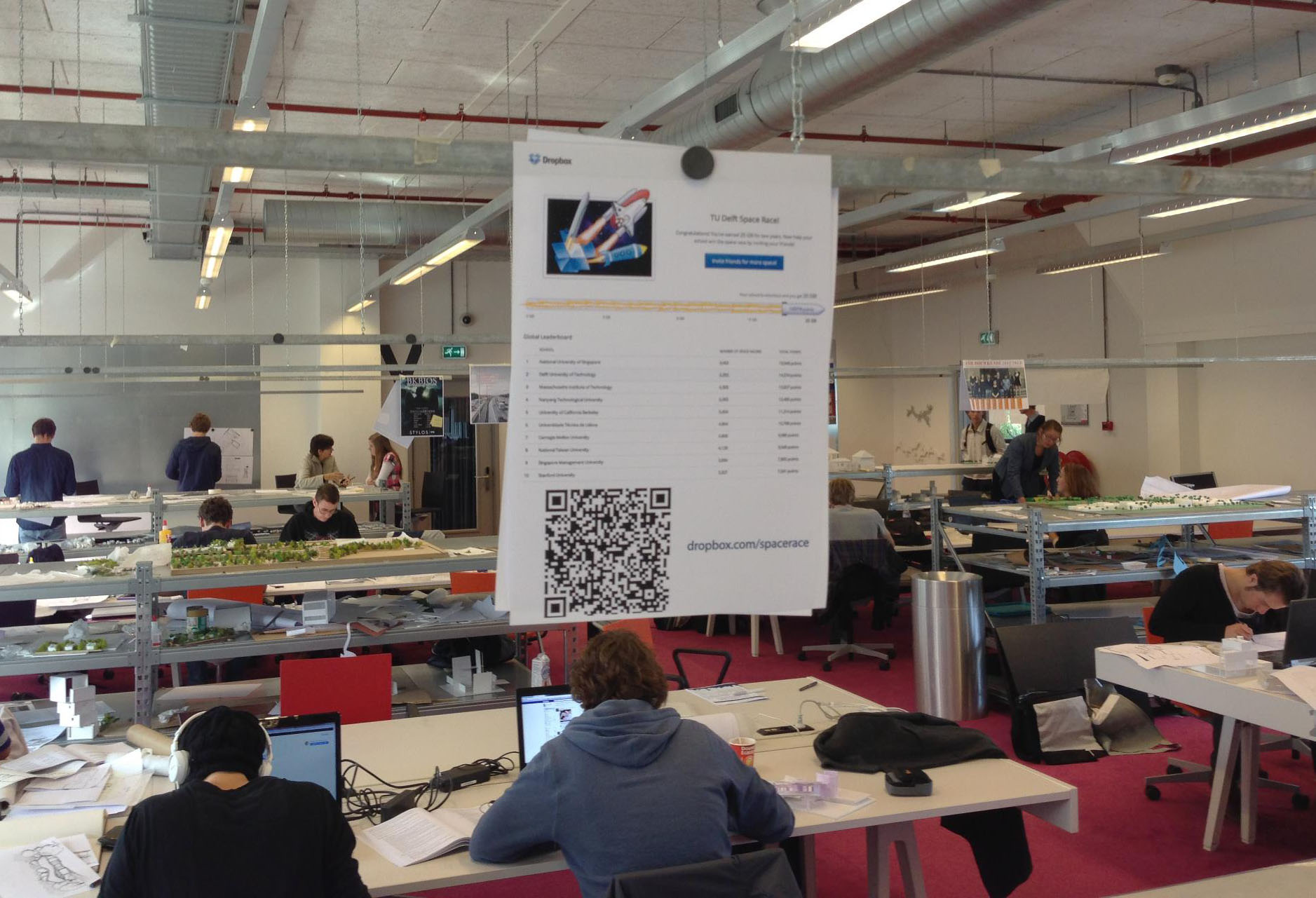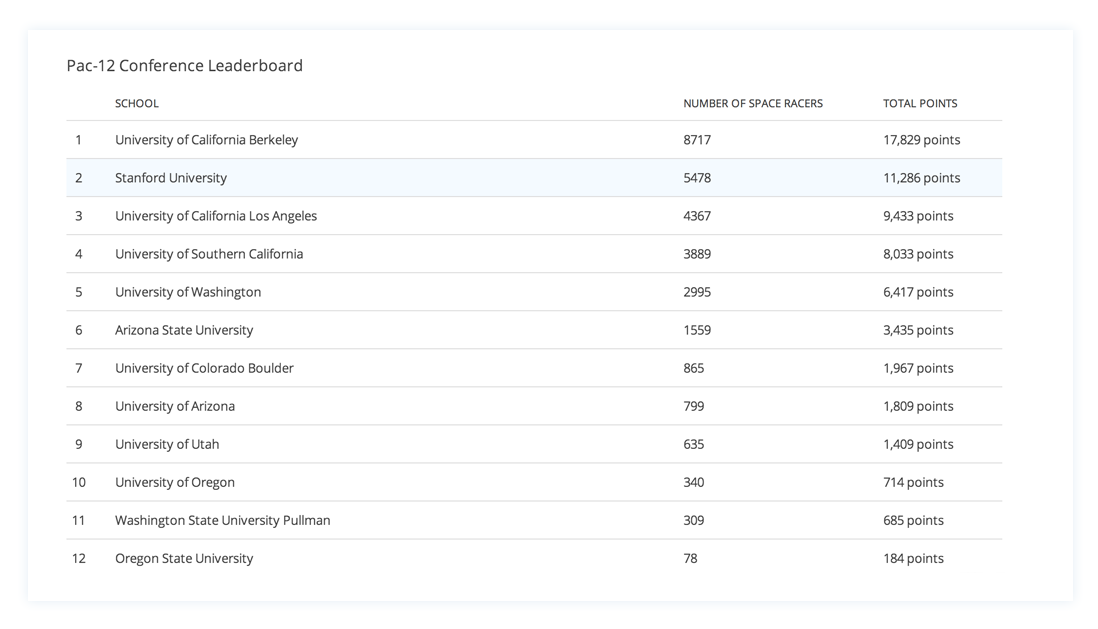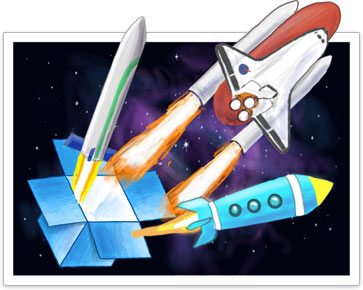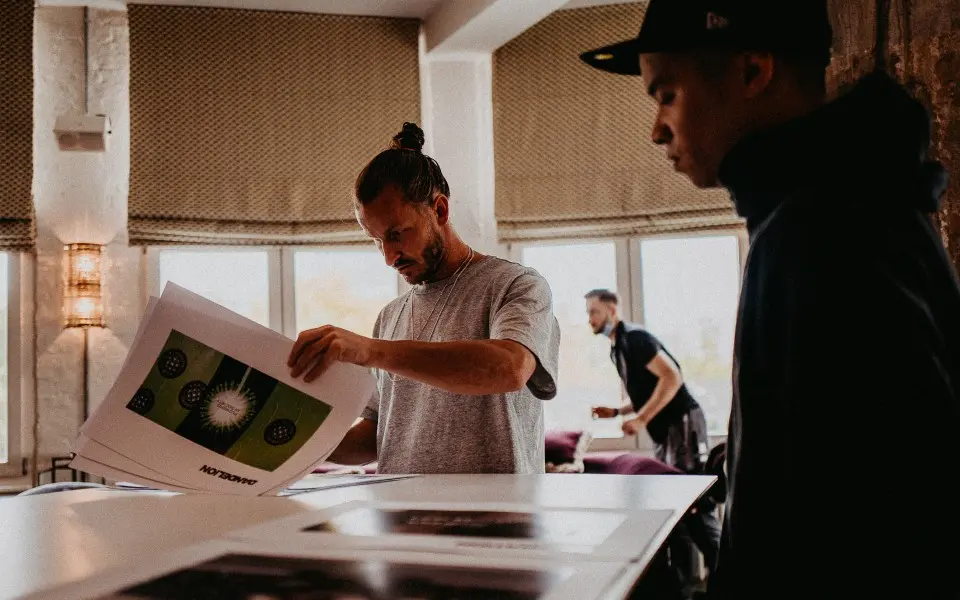
What creators can learn from Till Jagla, the king of sneaker collabs
Published on November 30, 2021
After creating some of the most iconic moments in sneakerhead history, Till Jagla is ready to step out on his own and teach others how to do the same.
Till Jagla is living life 100% on his terms these days.
For the last 11 years, most of his attention was focused on dreaming up and delivering adidas sneaker collaborations and limited edition shoes that would break the internet and create 1,000+-people-long lines IRL. (Or, as Jagla puts it on his LinkedIn page, he was responsible for producing “CONSTANT INJECTIONS OF ENERGY AND HYPE” for the brand.)
The blue terry cloth sneakers with the bloodshot eyes on the tongue a la South Park’s Towelie? That’s Jagla. Same goes for the collab where adidas’ tell-tale three stripes were transformed into 2x4 Lego bricks.
Bringing must-cop sneakers to the masses was a 24/7 hustle. Over the years, it grew to include managing 250 people creating 3,500 pairs of shoes every six months across four creation centers, three time zones, and many, many Dropbox folders.
“I always worked in a decentralized model,” Jagla explains. “So Dropbox has been my go-to platform. I always need to have that one hub that captures all the latest and greatest graphics, presentations, logos, everything.”
But now that he’s left his role as adidas’ global head of energy (yes, a real title, and one he created for himself), the 41-year-old father of two has settled into a new lockdown-era routine he’s still following.
“I really tried to slow down everything, which makes me so much more powerful..."
Instead of waking up at 5 a.m. to workout in the adidas headquarter’s gym, he’s sleeping in, his cell phone banished from his bedroom. Instead of spending most of his days in meetings and sifting through 350 emails a day, he’s spending more time with his family and reviving his social life. (Two things he “sacrificed” during his corporate career, he says.)
“I really tried to slow down everything, which makes me so much more powerful, and so much more creative and efficient,” he says.
Which is helpful now that he’s a free agent. He’s taking calls from brands new and old—“I announced [my departure] on a Sunday, and [New Balance] gave me a call Monday, eight o’clock in the morning,” he said, smiling—and working full-time on his former side hustle, streetwear line Pacemaker.
He’s also launching several projects that have been on his mind for years. A near life-long love of sneakers and a chance meeting with a friend who worked at New Balance set Jagla on the path to becoming the sneaker industry’s premier “collab king” instead of an economist. He’s mentored scores of people on his teams, and his DMs and inbox are full of fans asking him what they should study to get into the industry.
There wasn’t a school or degree program he could point people to, so he’s decided to create it. Jagla is launching an edutainment channel / shopping app called VRTKL (so named for the way young folks consume content on their phones) “to show people how to build a sneaker brand,” he explains. There’s a world of opportunity and wealth in street fashion and sneakers, Jagla says, “and I think you need to give people the possibility to learn that.”
VRTKL is set to pull back the curtain and bypass the industry’s gatekeepers Jagla has long tired of dealing with himself. (The idea was something he pitched to his former employer five years ago that never got greenlit.) After nearly two decades in the game, he’s learned a lot about creativity and collaboration—and he’s ready to share those lessons with anyone who’s willing to learn.

Lesson #1: Create a career from your passions.
Jagla has lived the adage “do what you love, and you’ll never work a day in your life.” He’s been obsessed with shoes since he was a kid, falling asleep with his football cleats against his chest. And when adidas released the Predator, the shoe that lent David Beckham his bend it like Beckham prowess, it was all over.
“I was super amazed by the product. I was amazed by the the details,” Jagla recalls. “Somehow it made me product obsessed.”
As he grew up, he was either playing soccer, spending hours at a sporting goods store asking staff questions about shoe construction, or taking the train into Berlin to meet up with fellow sneakerheads. His money went into building an impressive shoe collection; when he could, he would get three pairs: “one to rock, one to stock, one to trade.”
By the time his friend reached out to him about working at New Balance, Jagla was “a bit famous” in the niche, and incredibly knowledgeable about the industry he was seemingly destined to shake up.
“I wasn’t a collector any longer. I became part of the industry,” he says.
Jagla would go on to spend seven years at New Balance, turning it into a cool-kid shoe brand. And because of his insider knowledge, he was the best person in the company for the job.
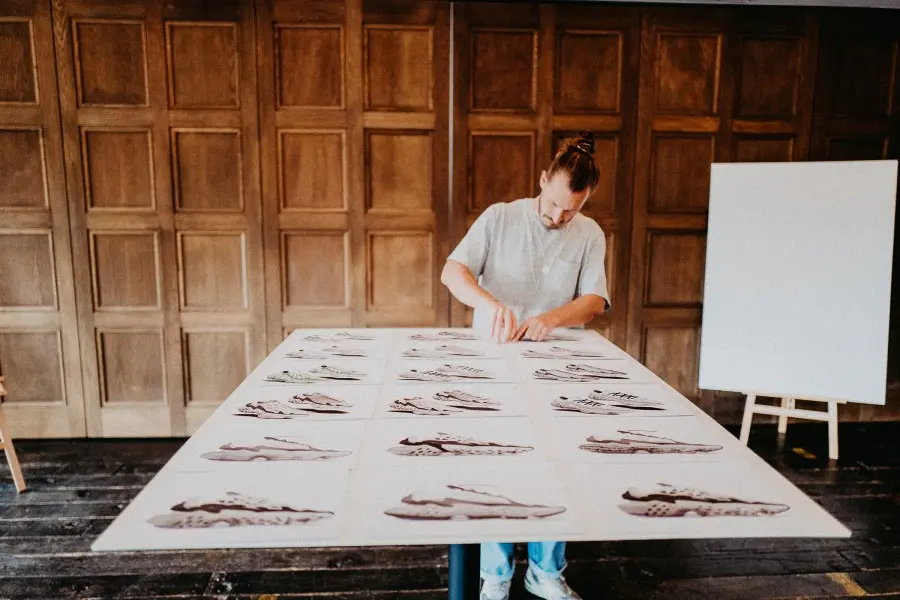
Lesson #2: Solve a problem for your community.
Sneakers have long lapped their purely utilitarian beginnings. The arrival of Air Jordans in the ’80s birthed sneakerhead culture, and the rise of coveted limited collection drops turned them into a phenomenon. Getting your hands on a pair of Yeezys or Dunks offers more than bragging rights: shoes that retail for between $100-$250 can be resold for hundreds (and sometimes thousands) more. Automated software known as bots have popped up as a way for resellers to buy up stock before anyone else can, meaning digital drops sell out in minutes and the average shoe lover will never be able to afford the shoe once its resold.
“You don’t even have a chance to have a shoe because a computer program is faster than every human being,” Jagla explains.
Seeing the problem first hand led Jagla to another of his post-adidas projects. Flowers for Society is the first sneaker company built for the metaverse, and with it Jagla and his team are “hacking the logic of NFTs” to create a “closed ecosystem” that blocks bots from interfering. (NFTs, or non-fungible tokens, are unique digital assets that use blockchain to show proof of ownership.)

When you buy a limited edition pair of Flowers for Society, you get an NFT that gives you lifetime access to future drops.
“Whenever you want to have a shoe, you get that shoe through your NFT,” he explains. “So there’s no queuing up, there are no bots. You don’t have to pay resell prices on a secondary market.”
That lifetime access also means you won’t get locked out from future collaborations, perhaps with the likes of Louis Vuitton or Ronnie Fieg of Kith. With a Flowers for Society NFT, you’ll always have first dibs—and you won’t have to rely on a bot or stiff elbows to cop them.
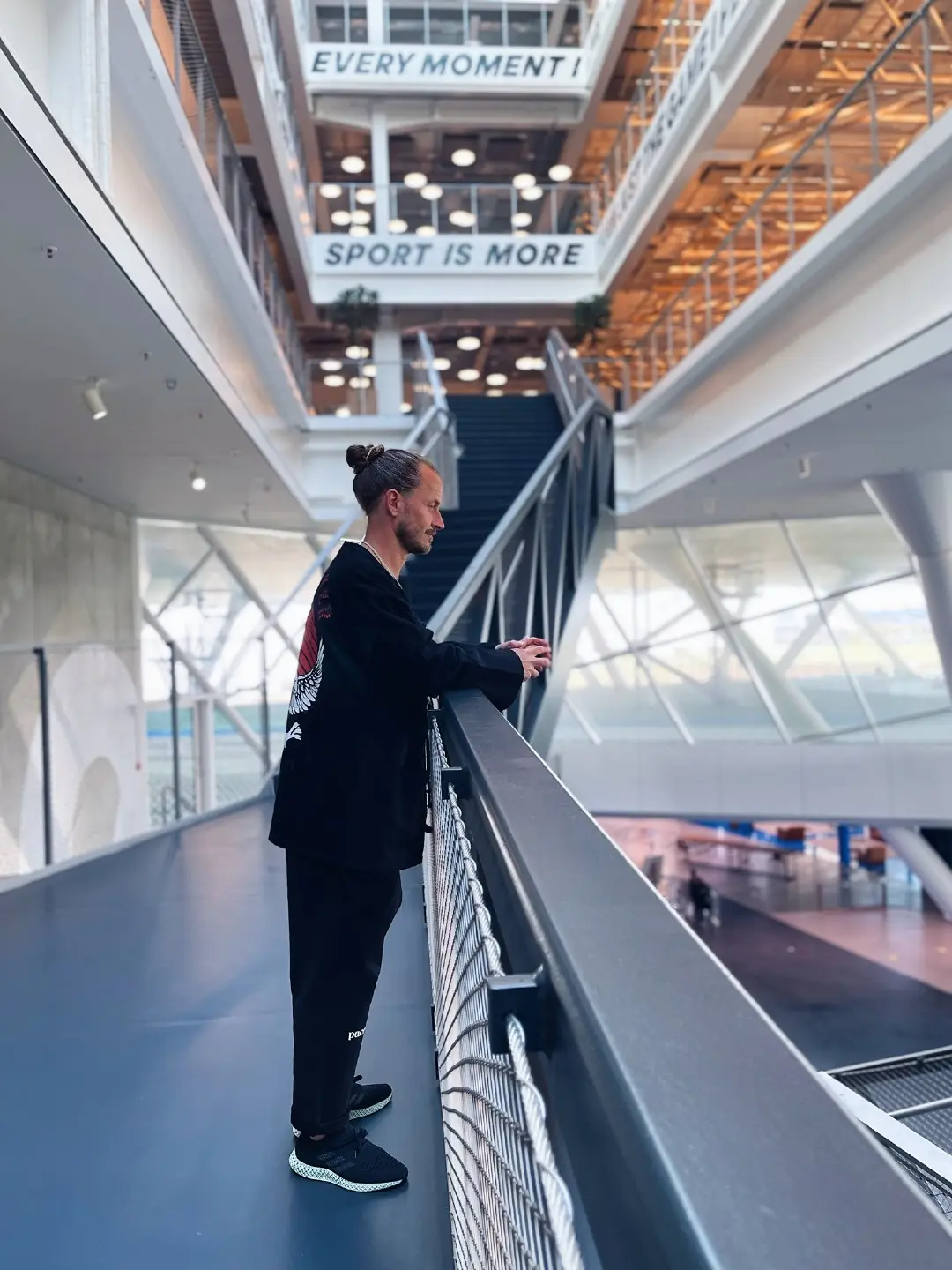
Lesson #3: Push boundaries.
Jagla has been at the helm of more than 2,000 collaborations. Over time, he’s zeroed in on what makes a collab truly hype worthy.
“You try to put brands in a different context,” he says. “You try to really surprise people by doing something completely crazy.”
The best example of this mindset is also the one Jagla found the most challenging and rewarding: adidas Originals x AriZona Iced Tea. When it was clear a collaboration with a major global soft drink company wouldn’t garner the levels of hype he wanted, Jagla asked an American friend on his team, “Dude, what’s the coolest beverage brand in America?”
“He was like, ‘AriZona Iced Tea. Every kid grows up with that iced tea! It’s cultural currency.”
Known for its colorful cans and .99 cent price point, Jagla was sold on the brand’s story and reach. The adidas x AriZona Iced Tea collab would feature the same cherry blossoms against a seafoam backdrop design as the can, and also cost .99 cents. He upped the proposed launch from 200 shoes to 2,000 shoes to be sold out of set up a pop-up store in New York City.
“If you do things that look awesome, but don’t make any sense, you will for sure trigger awareness and attention.”
But the store never opened. People started lining up in the before 4 a.m. in the morning—and by the time doors would’ve opened at 11 a.m., the New York Police Department came to shut it down.
“I ended up with a walkie talkie. The NYPD asked me to post on my social media that the shoes are on the truck that was located in front of the store, with the hope that the, like, 10,000 people [there would] follow the truck. Truck left, no one moved.”
“I really thought, ‘They gonna fire me,’” Jagla recalls. But in spite of (or maybe because of) the uproar, that campaign pushed the entire company to rethink their approach to marketing. And the hype from the drop that wasn’t led to a later campaign that sold 150,000 shoes in minutes.
That same “different-context” mindset was seen in the collaboration he did with Meissen, a very storied, very traditional, very expensive porcelain manufacturer. (A used dinner service set will set you back $248,500.)
“A shoe out of porcelain doesn’t make any sense, obviously, which I like,” he says. “If you do things that look awesome, but don’t make any sense, you will for sure trigger awareness and attention.”
And if you can do it for a good cause, even better: The shoes were auctioned off at Sotheby’s for $126,000, with all of the proceeds going to the Brooklyn Museum.
Lesson #4: Be a people-first creator.
At the heart of all that he’s done—and all that he wants to do as he moves forward with VRTKL, Flowers for Society, the next chapter of his life—is making people across various factions of the sneakerhead community happy. And he does it by focusing on their needs first rather than success.
“Take them on a journey,” he says. “How can you go the extra mile? What is the extra mile? How can you excite the people? How can you surprise the people?”
These are the questions Til Jagla asks himself with every project. And wherever the answers take him is where you’ll find him.
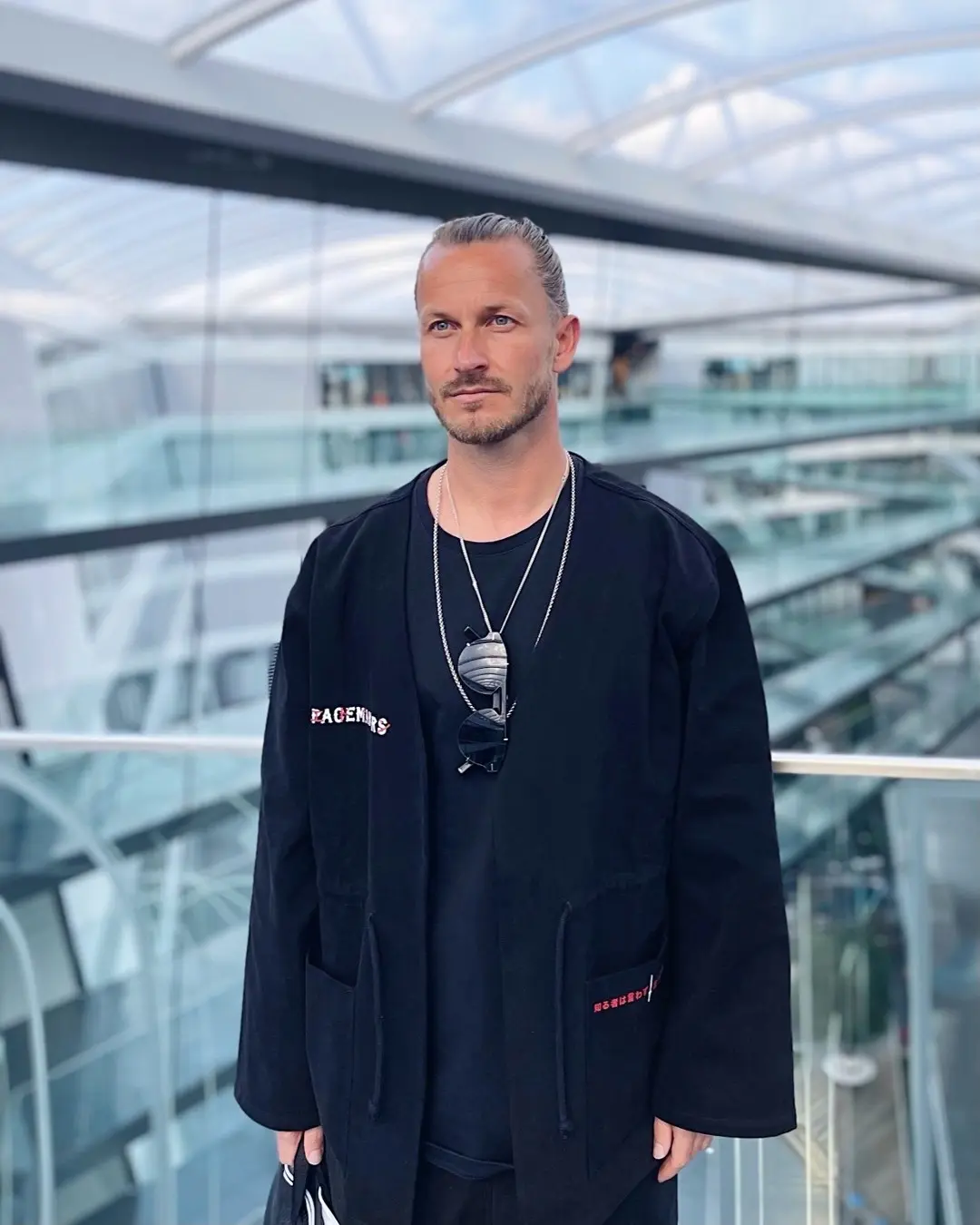



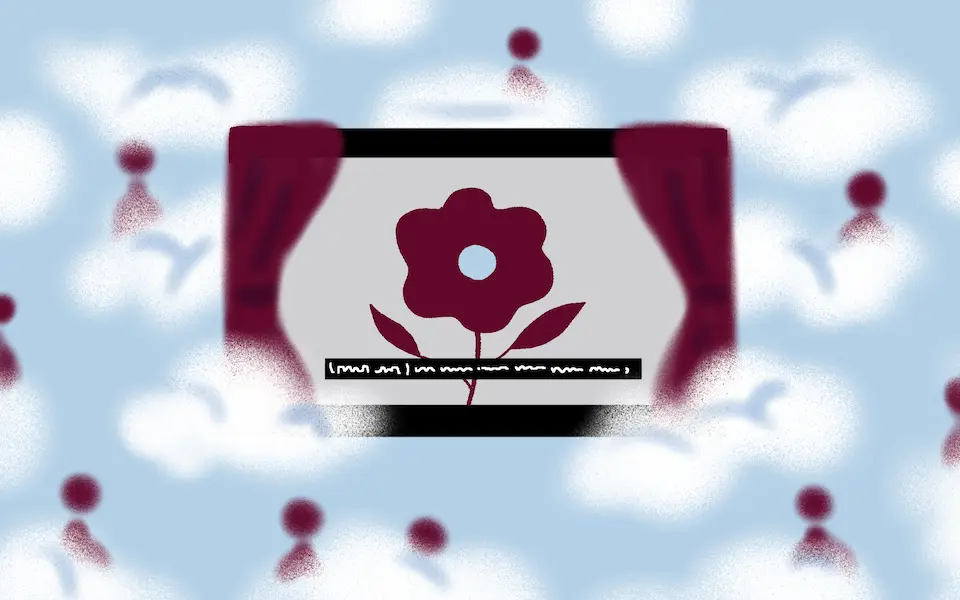
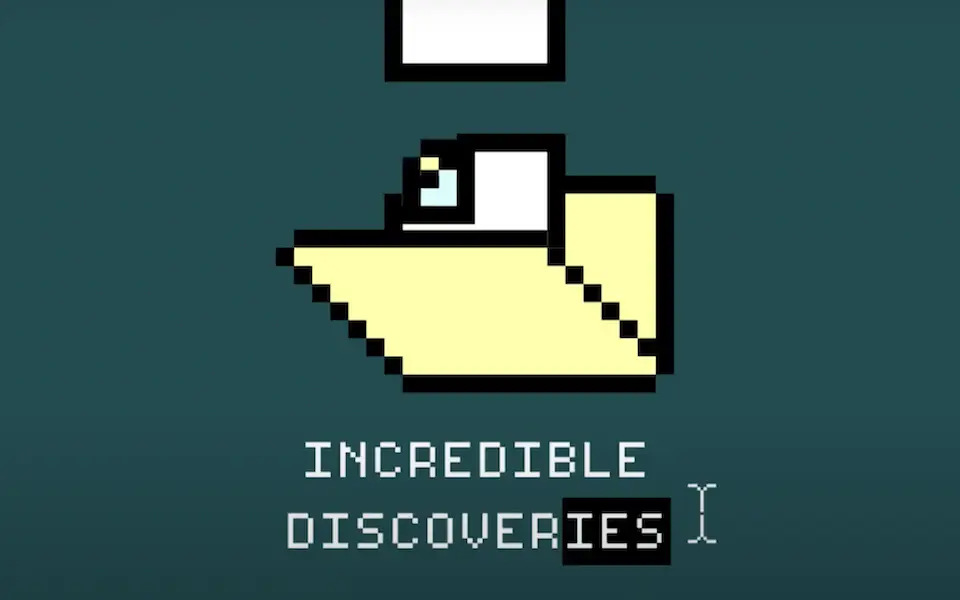

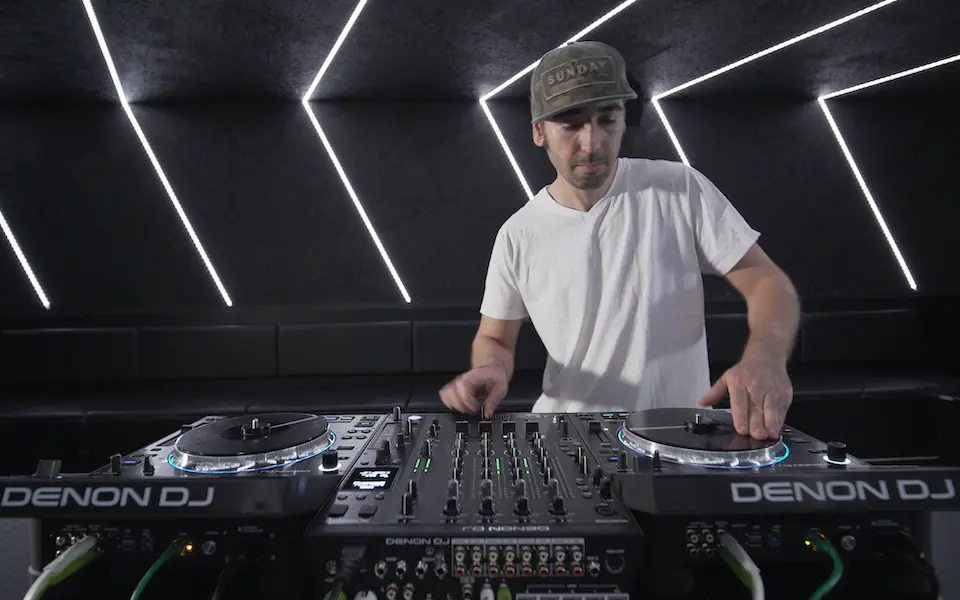
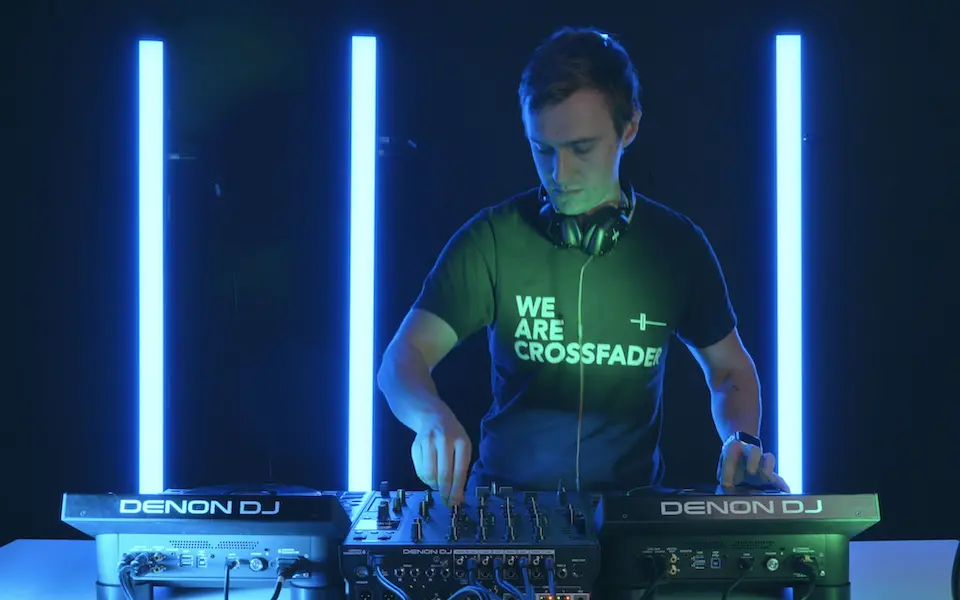



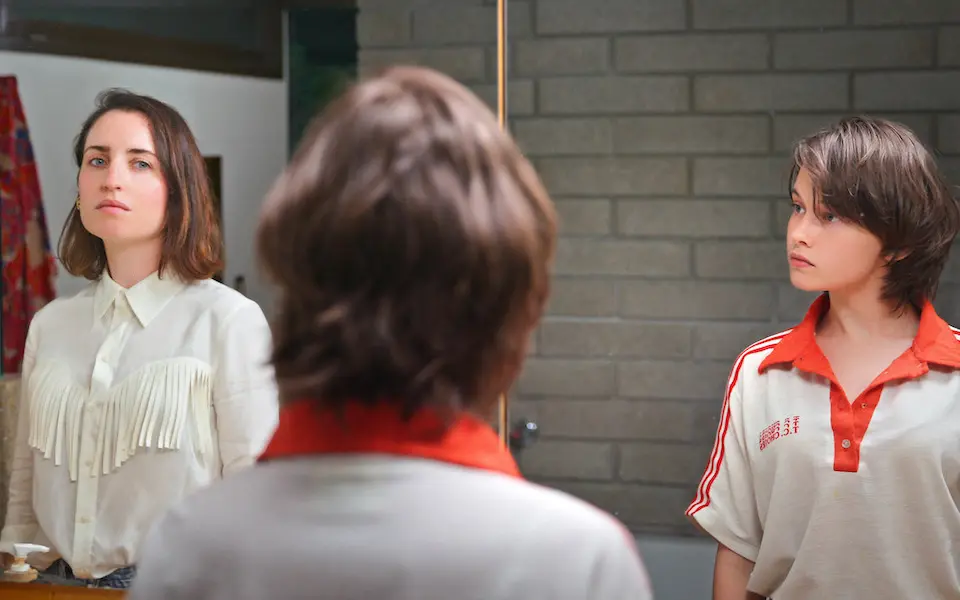
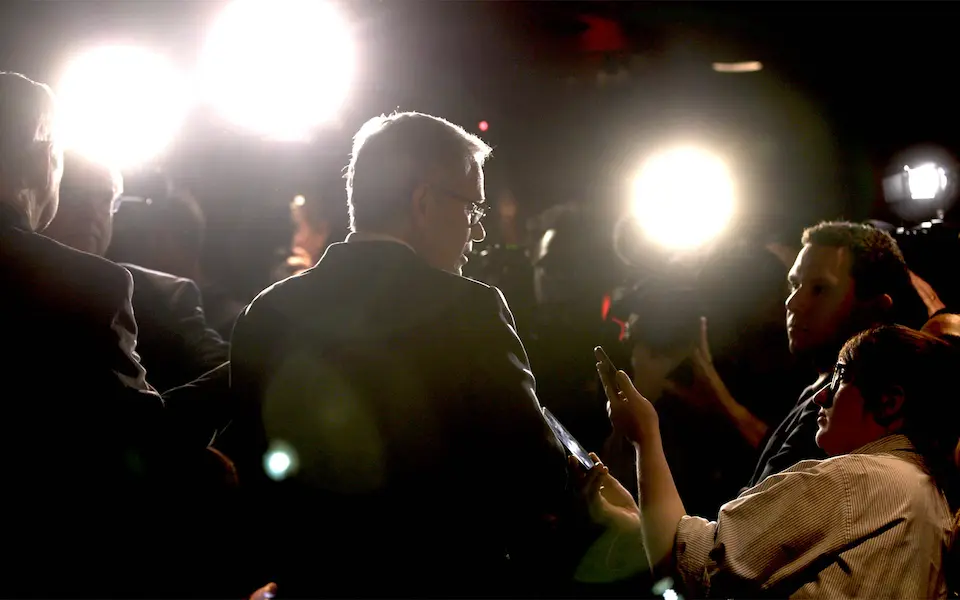
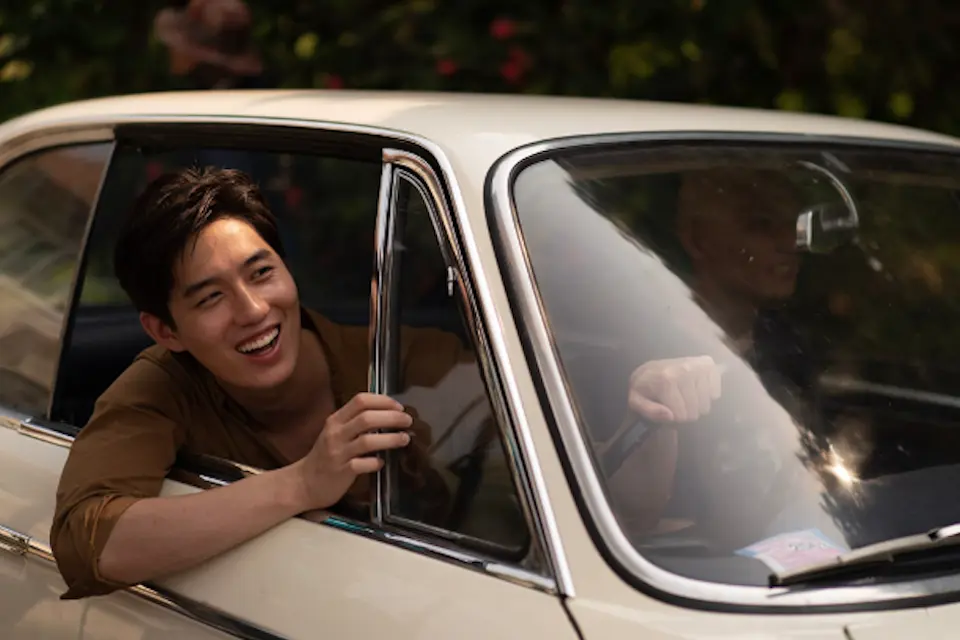

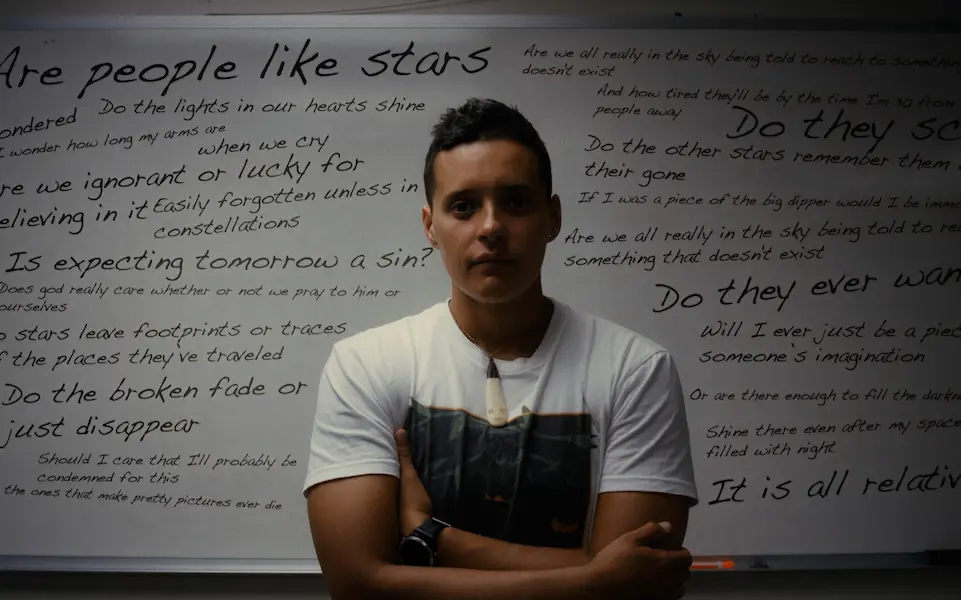
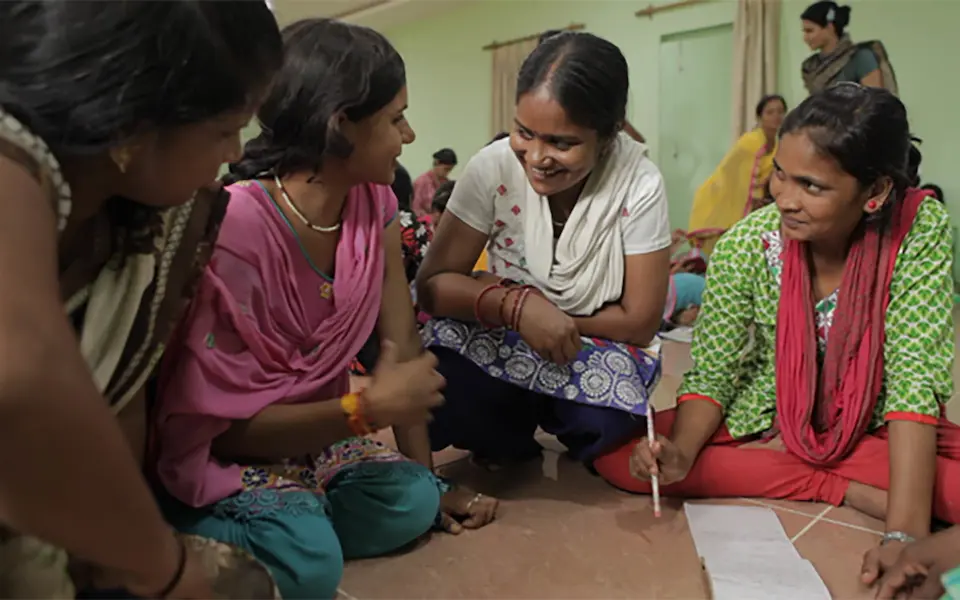
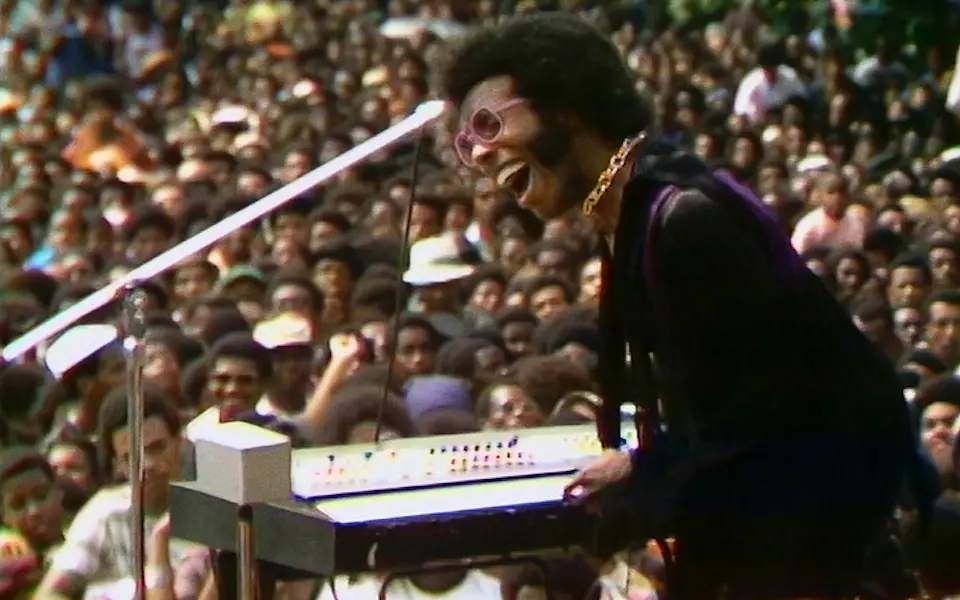
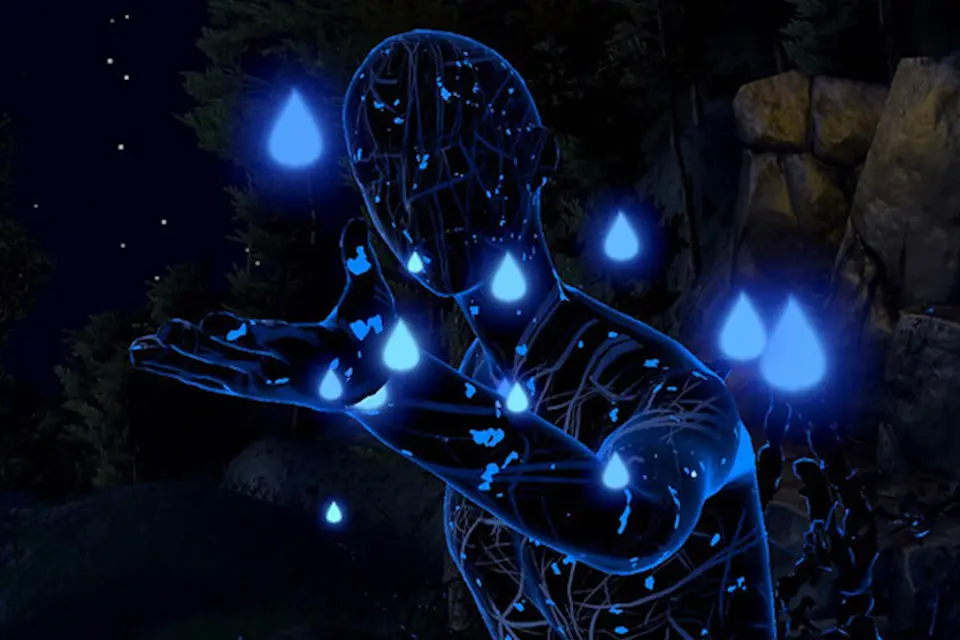
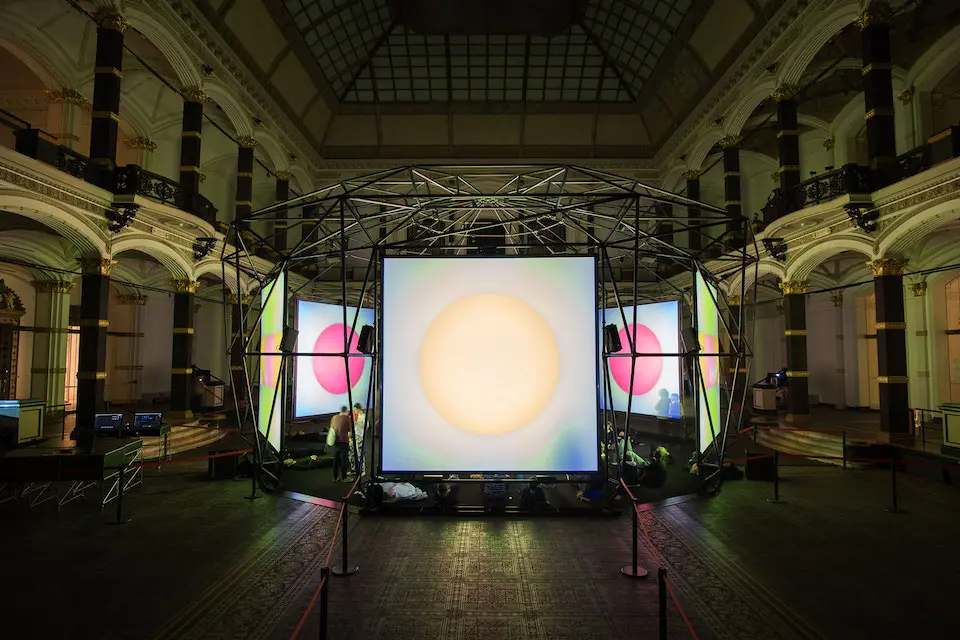




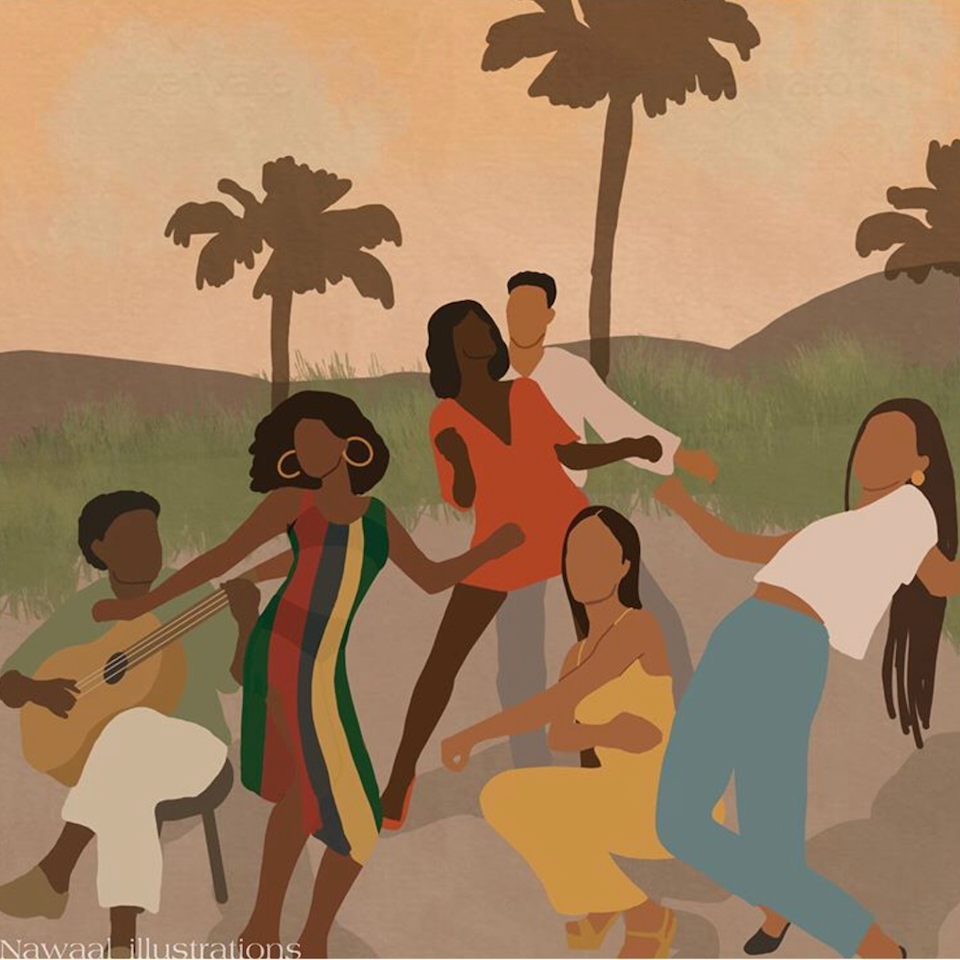


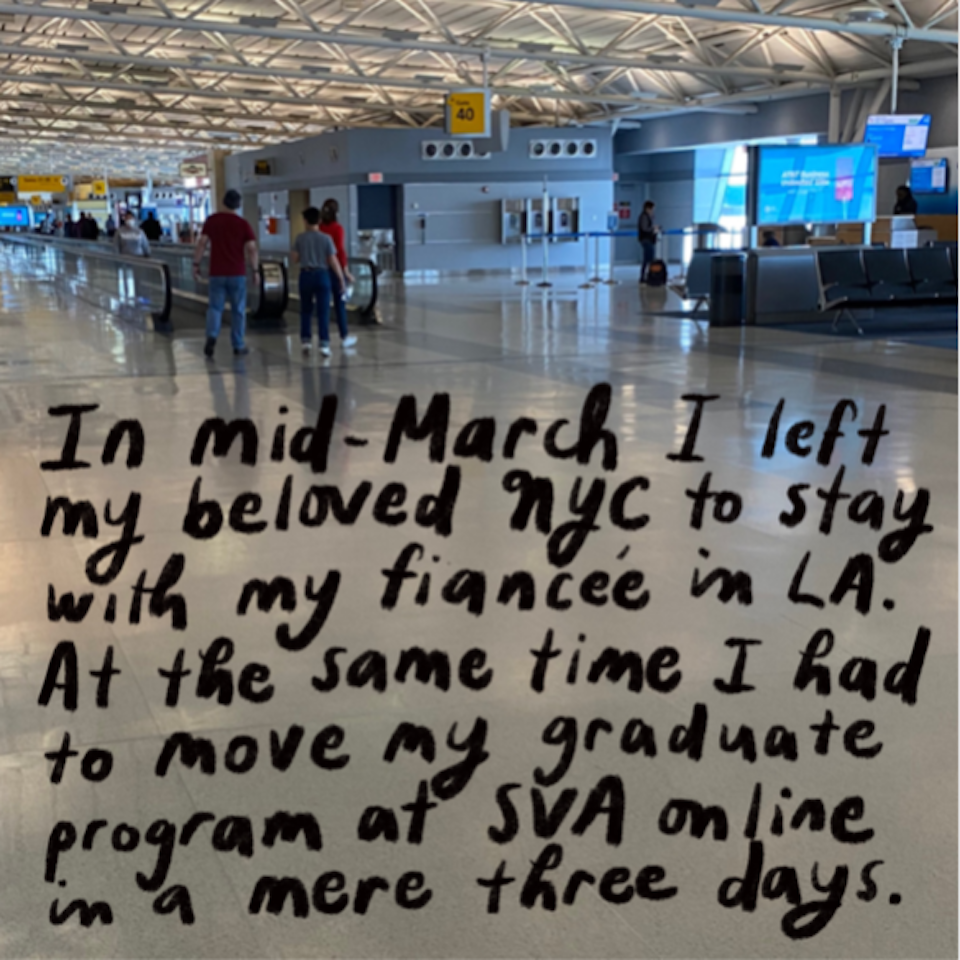
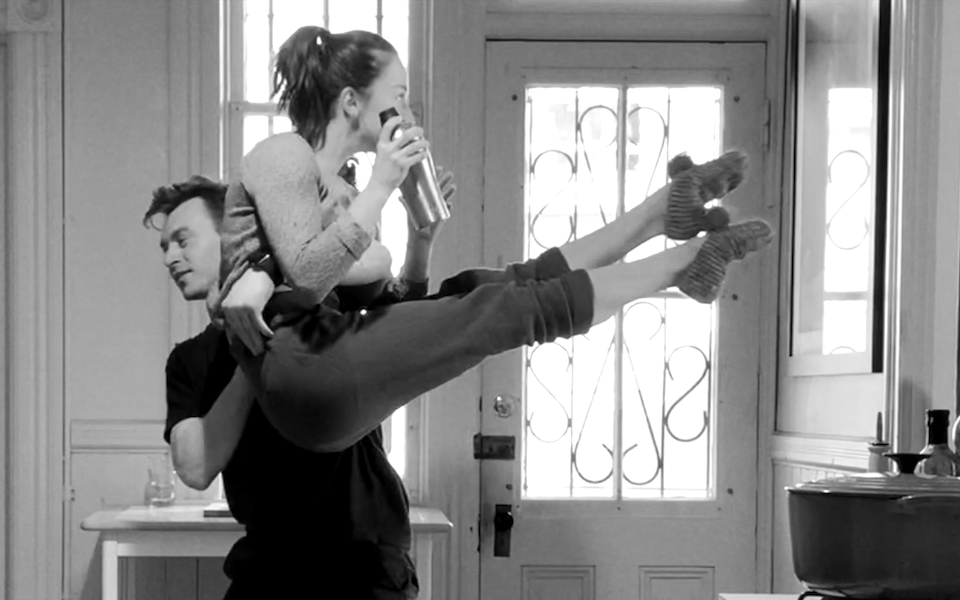
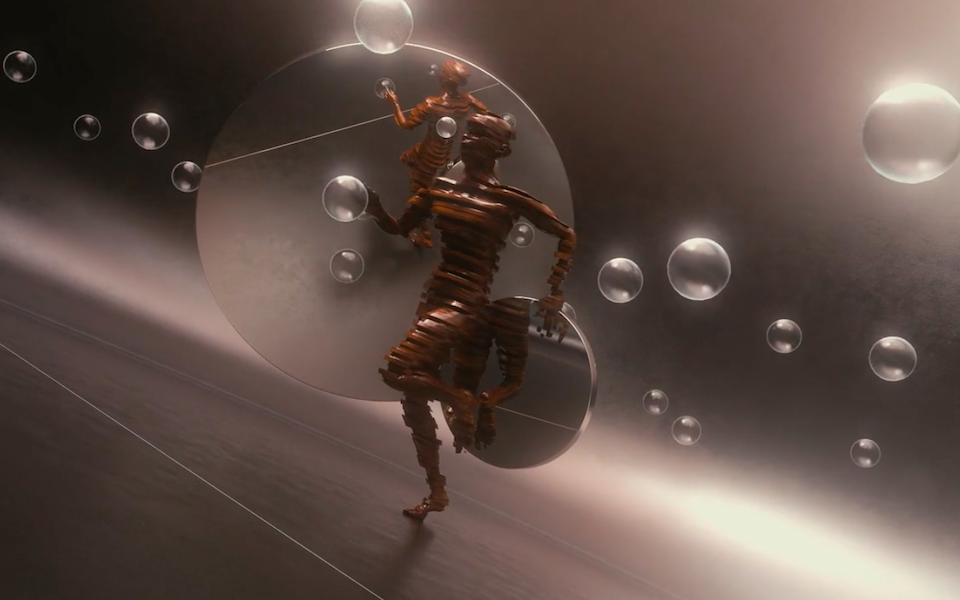

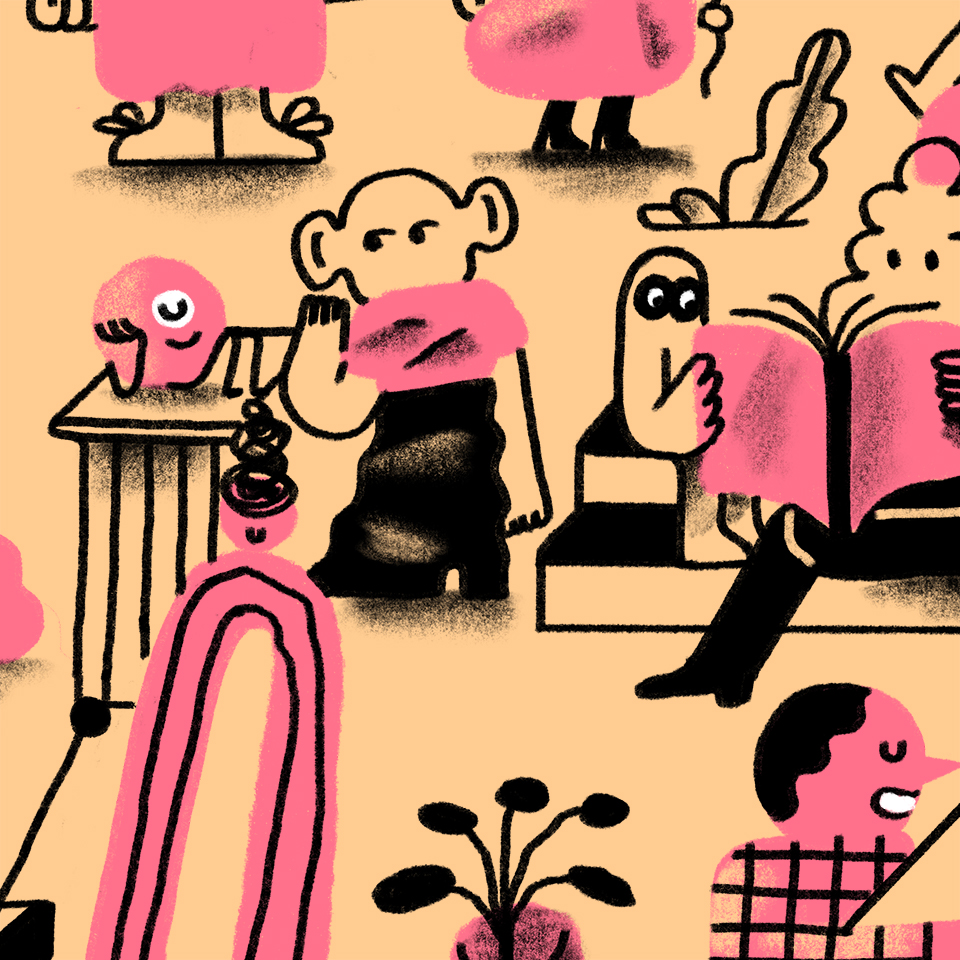




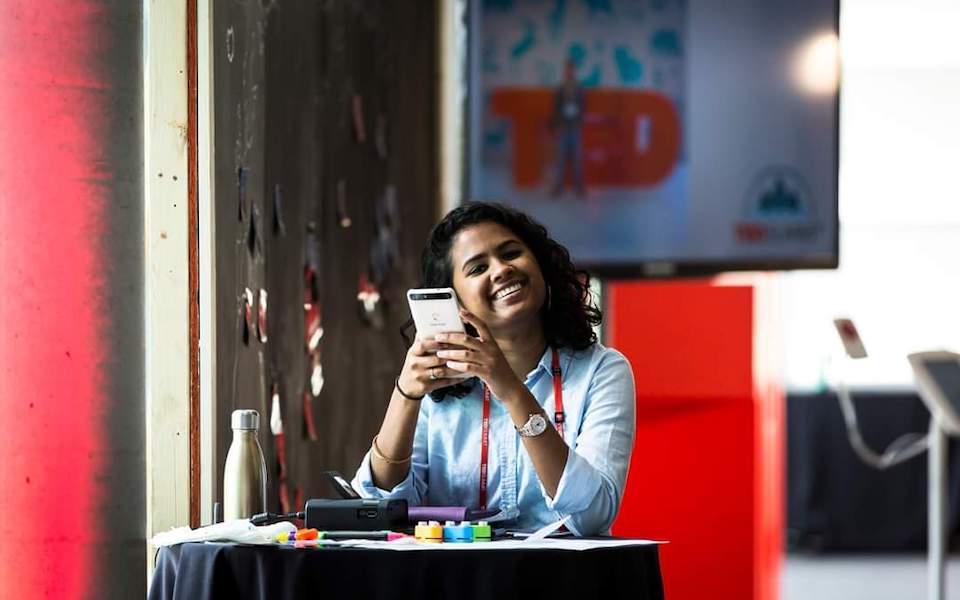







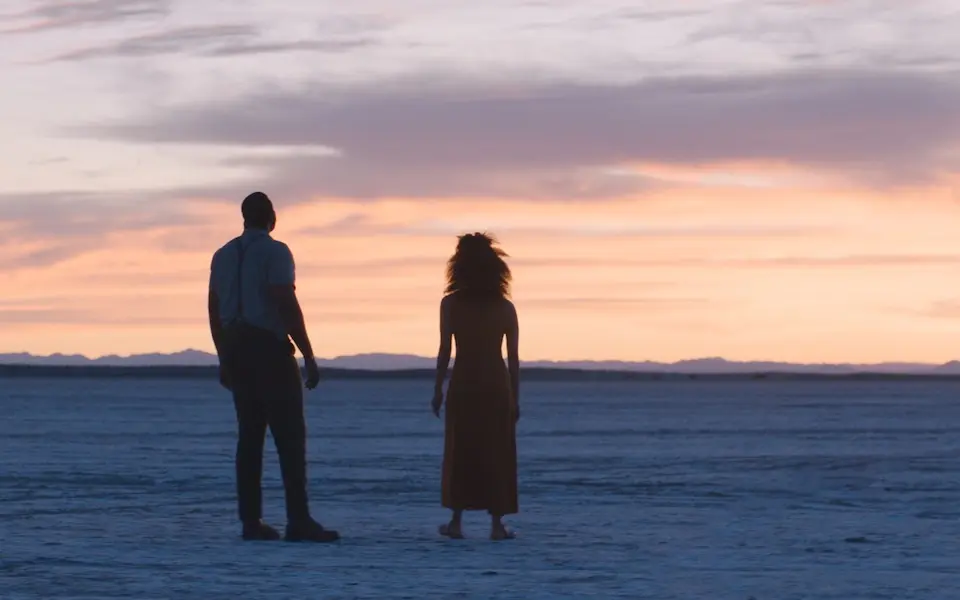
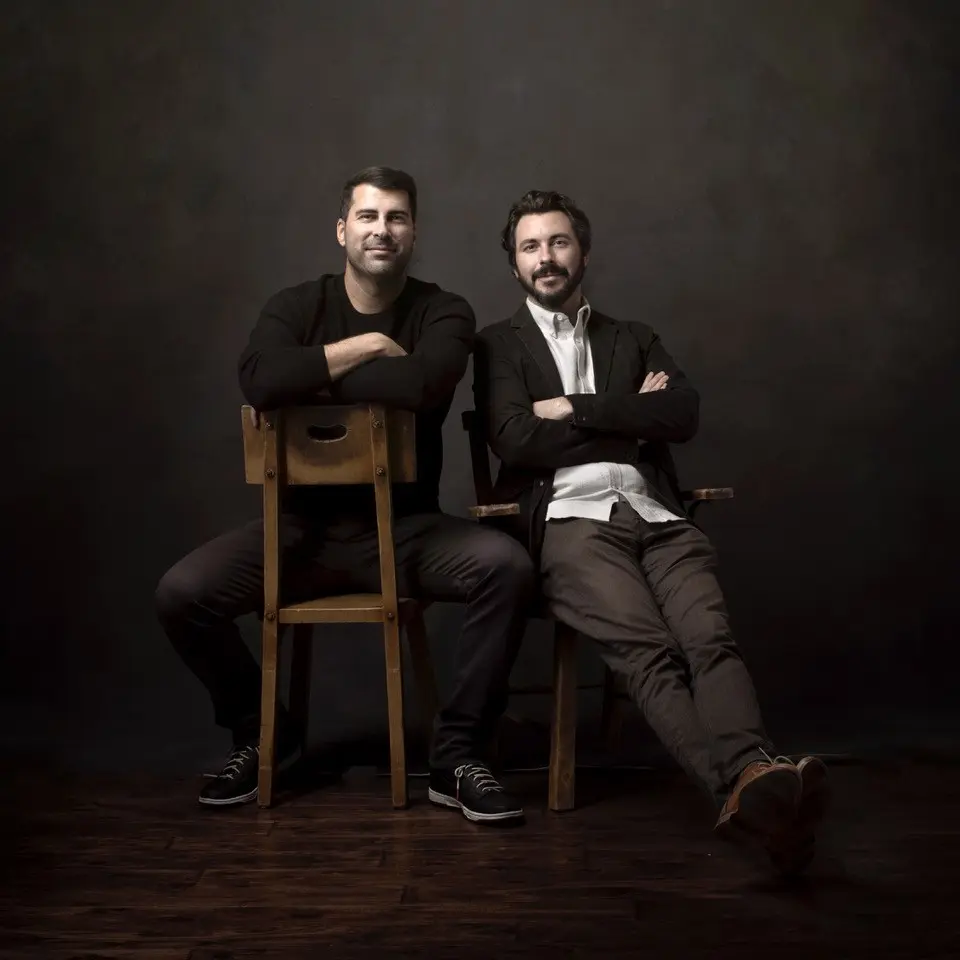


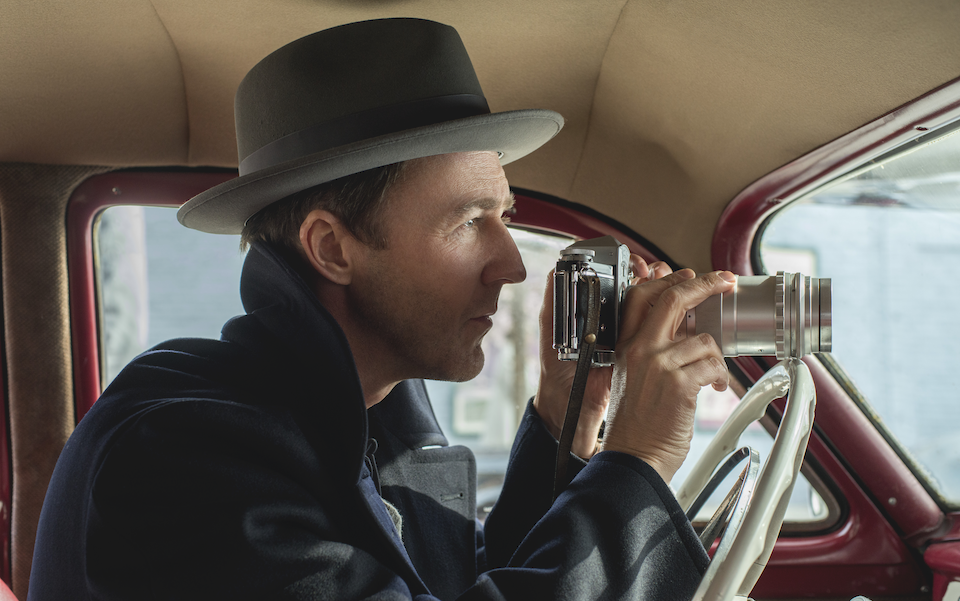
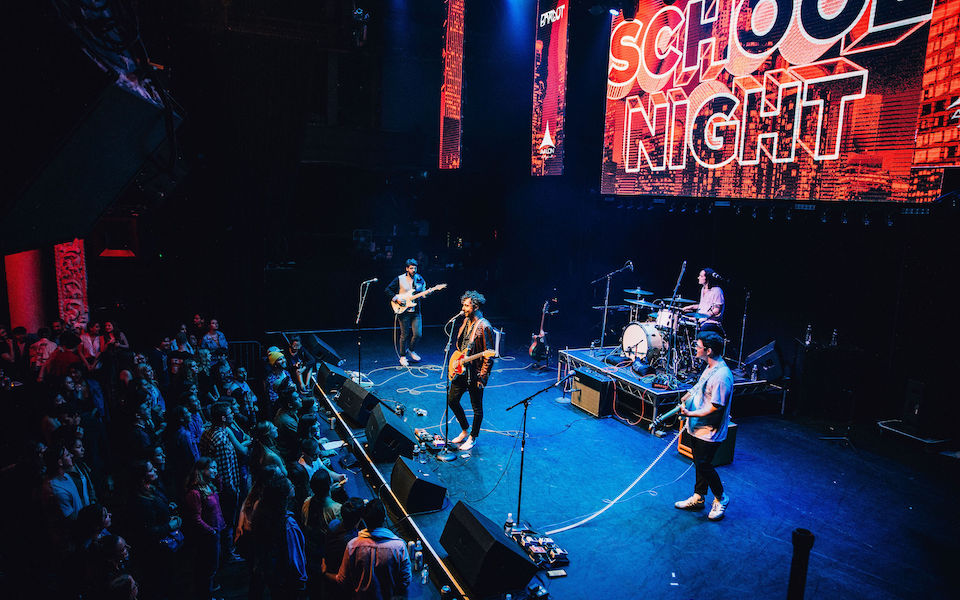
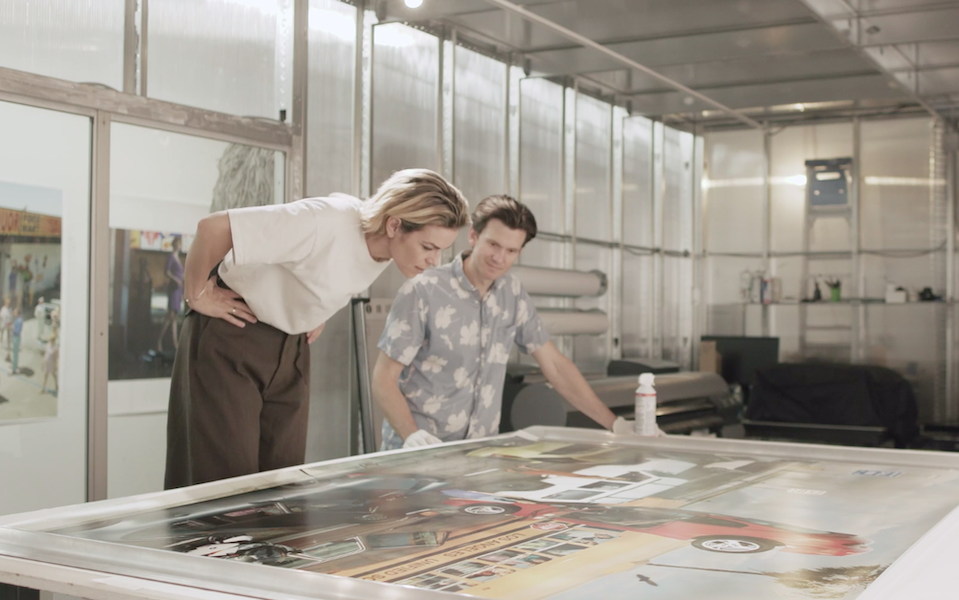









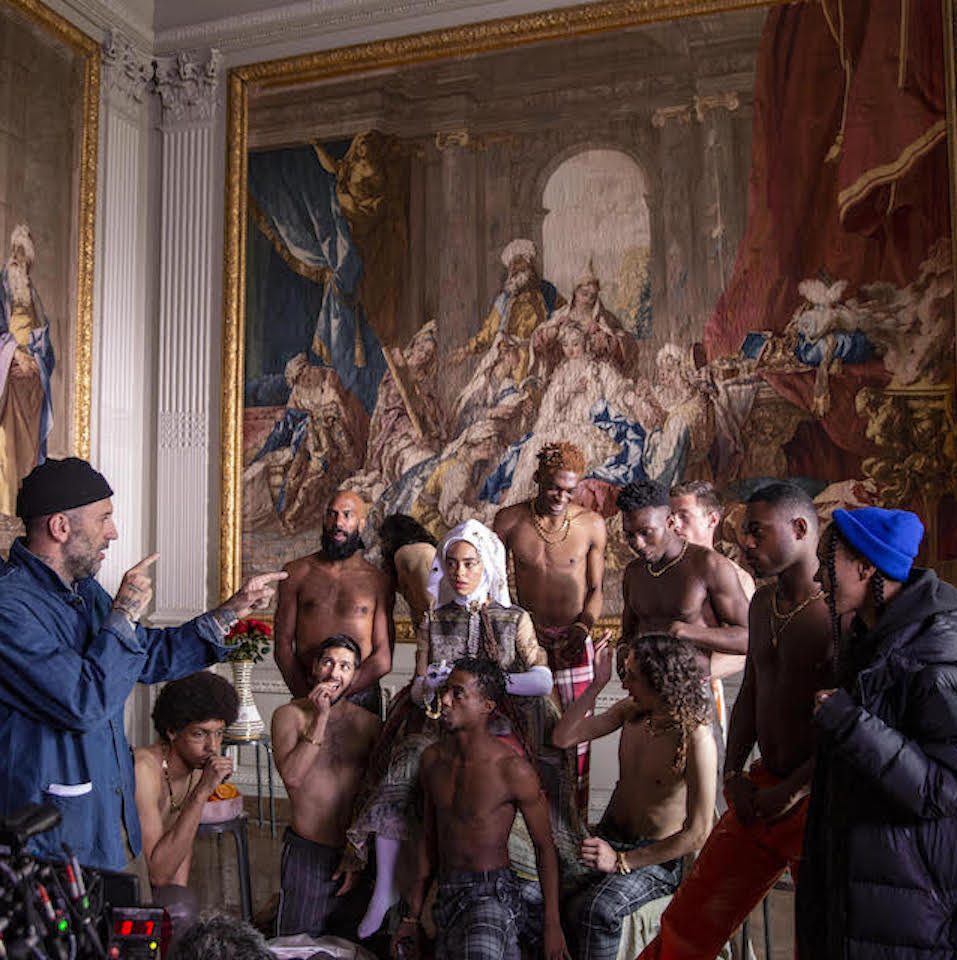

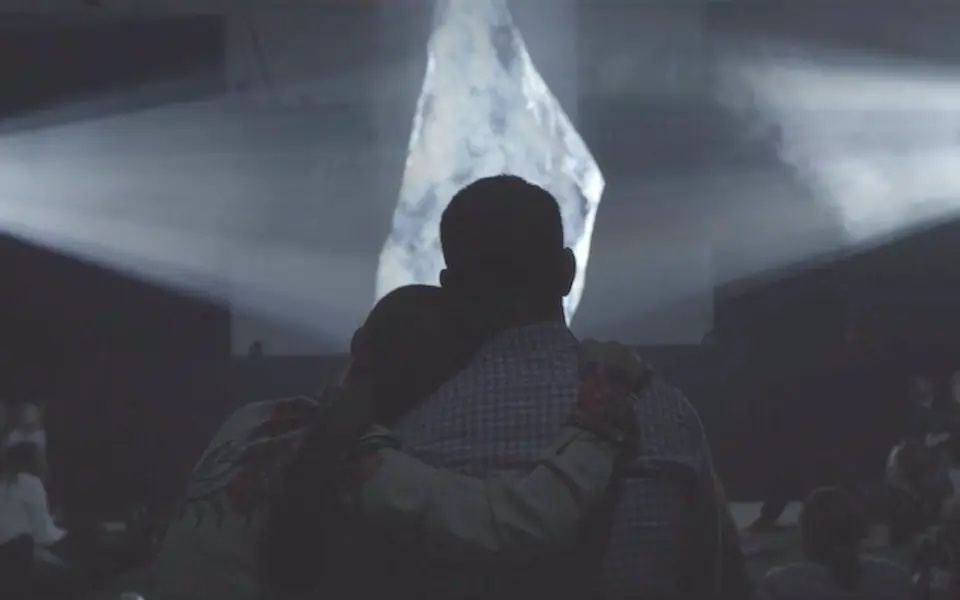
.png/_jcr_content/renditions/Karen%20O%20%2B%20Danger%20Mouse%20(photo%20by%20Eliot%20Lee%20Hazel).webp)





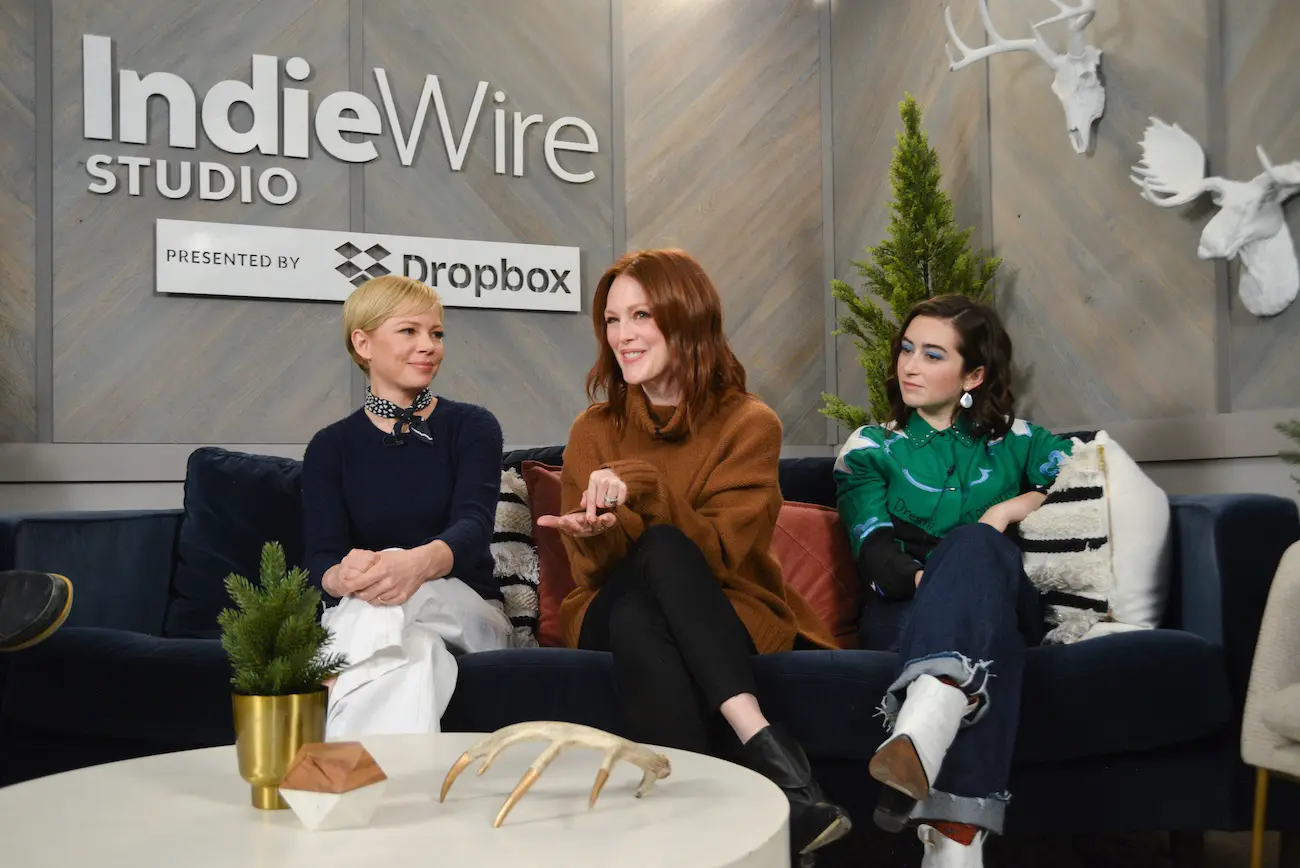


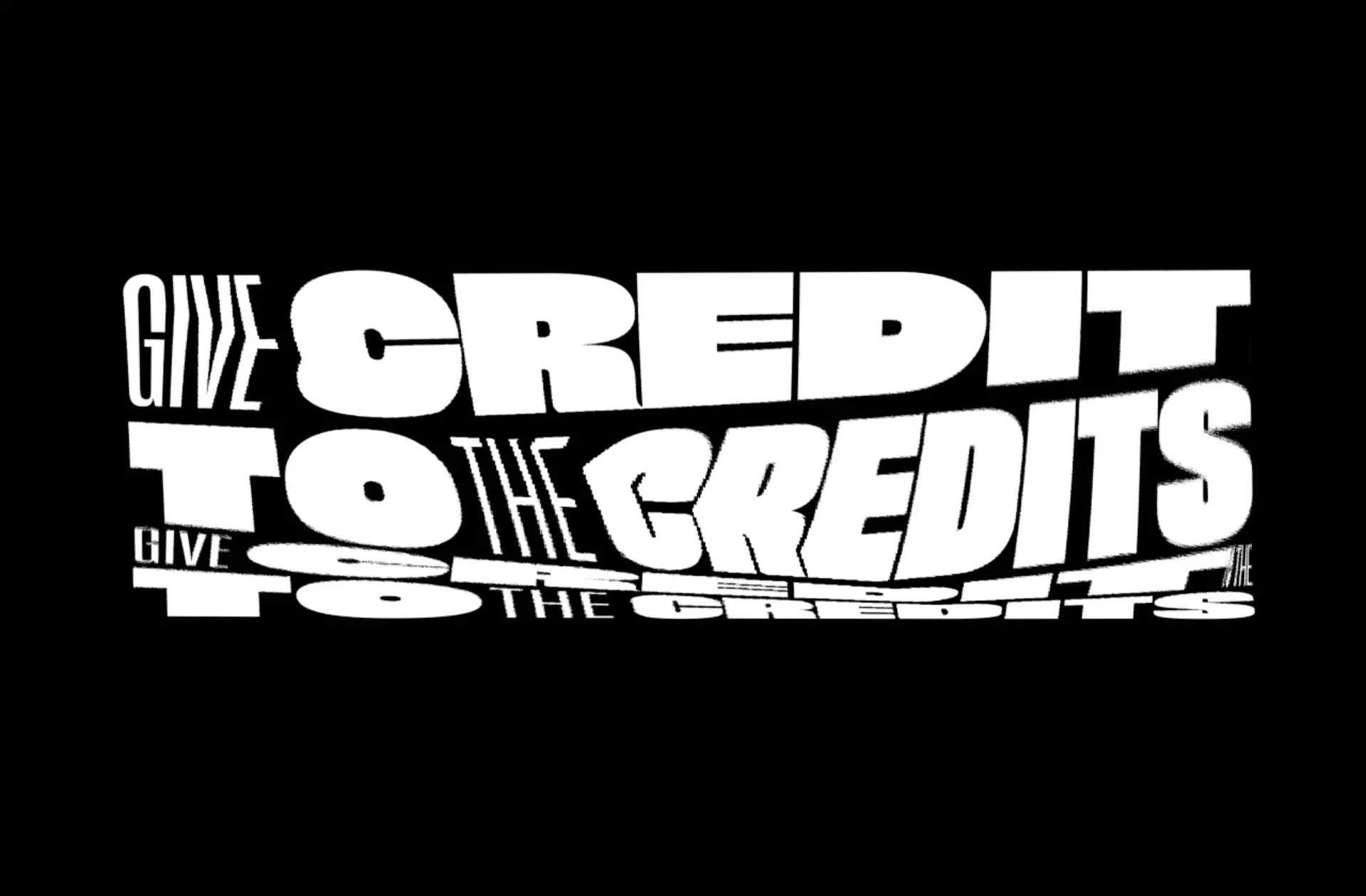
.jpg/_jcr_content/renditions/Extremely%20Wicked%20Shockingly%20Evil%20and%20Vile_Sundance19_Director%20Joe%20Berlinger%20(3).webp)

.jpg/_jcr_content/renditions/Bedlam%2014%20(1).webp)

